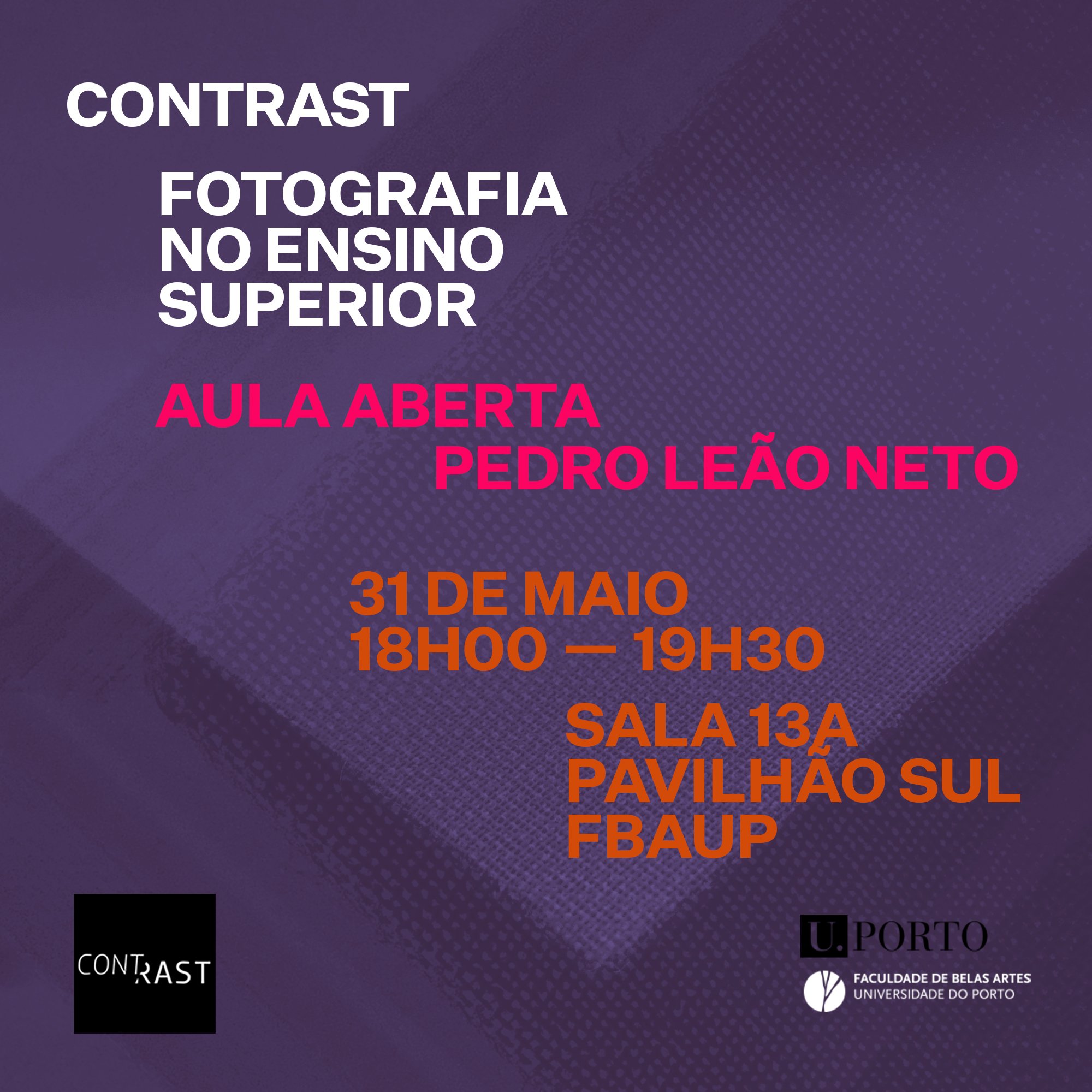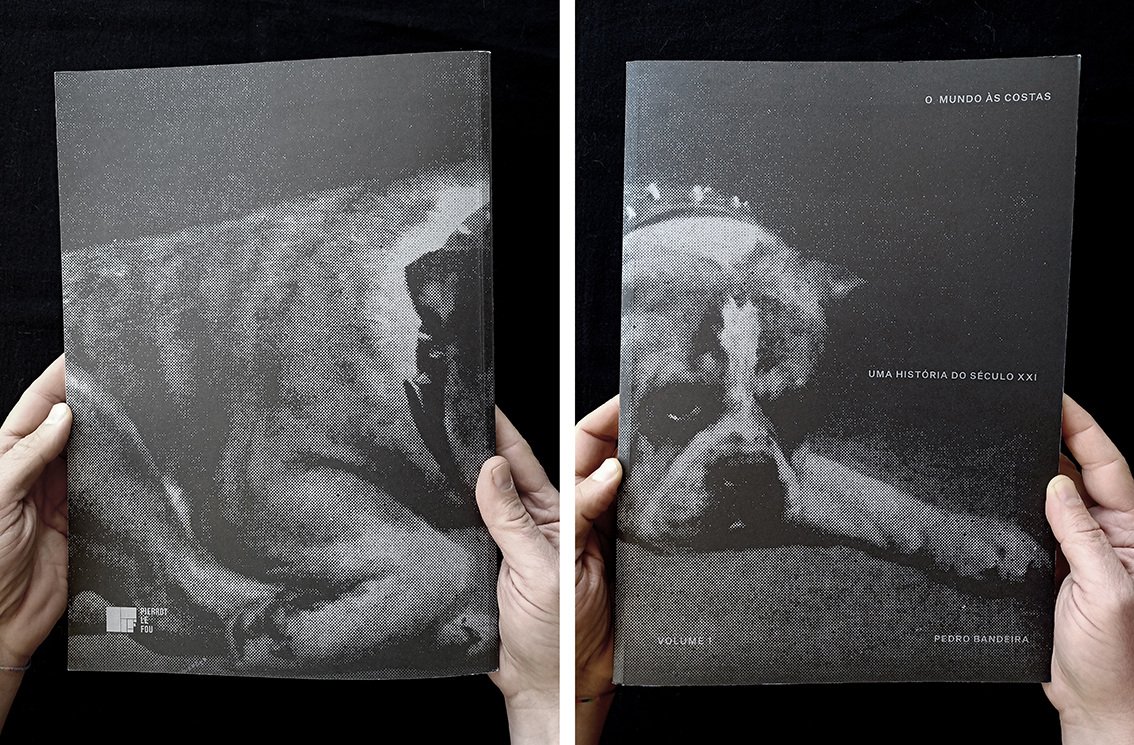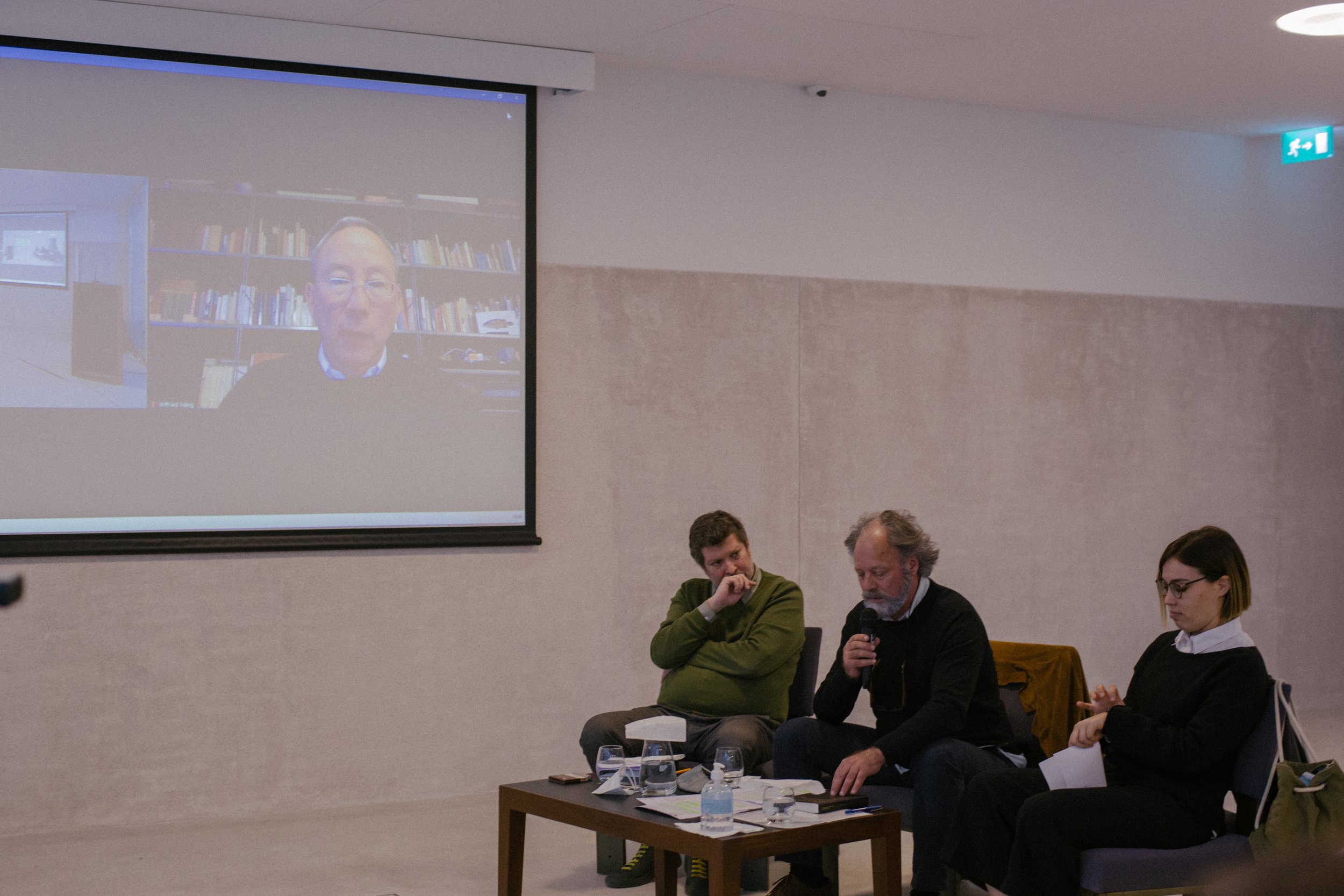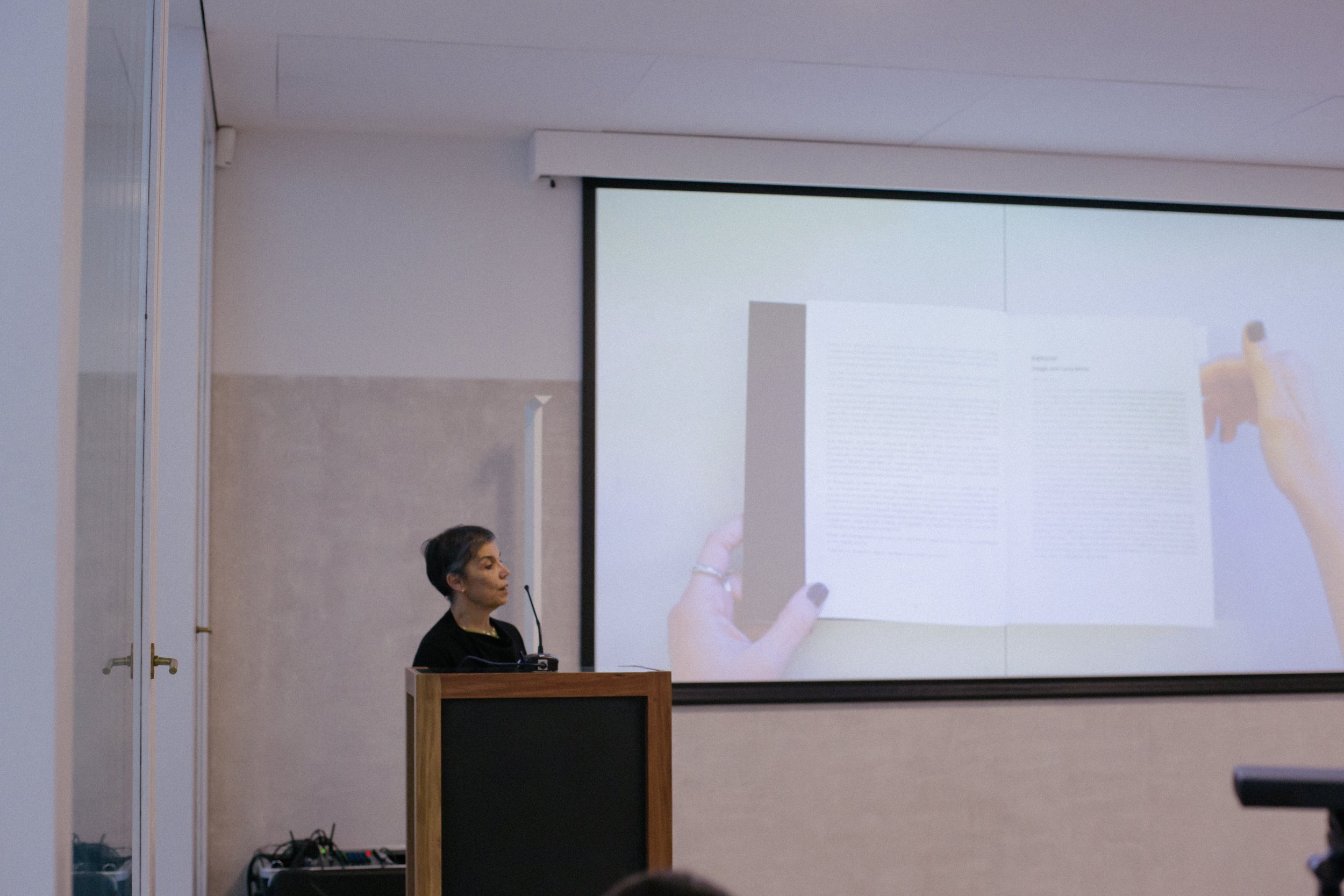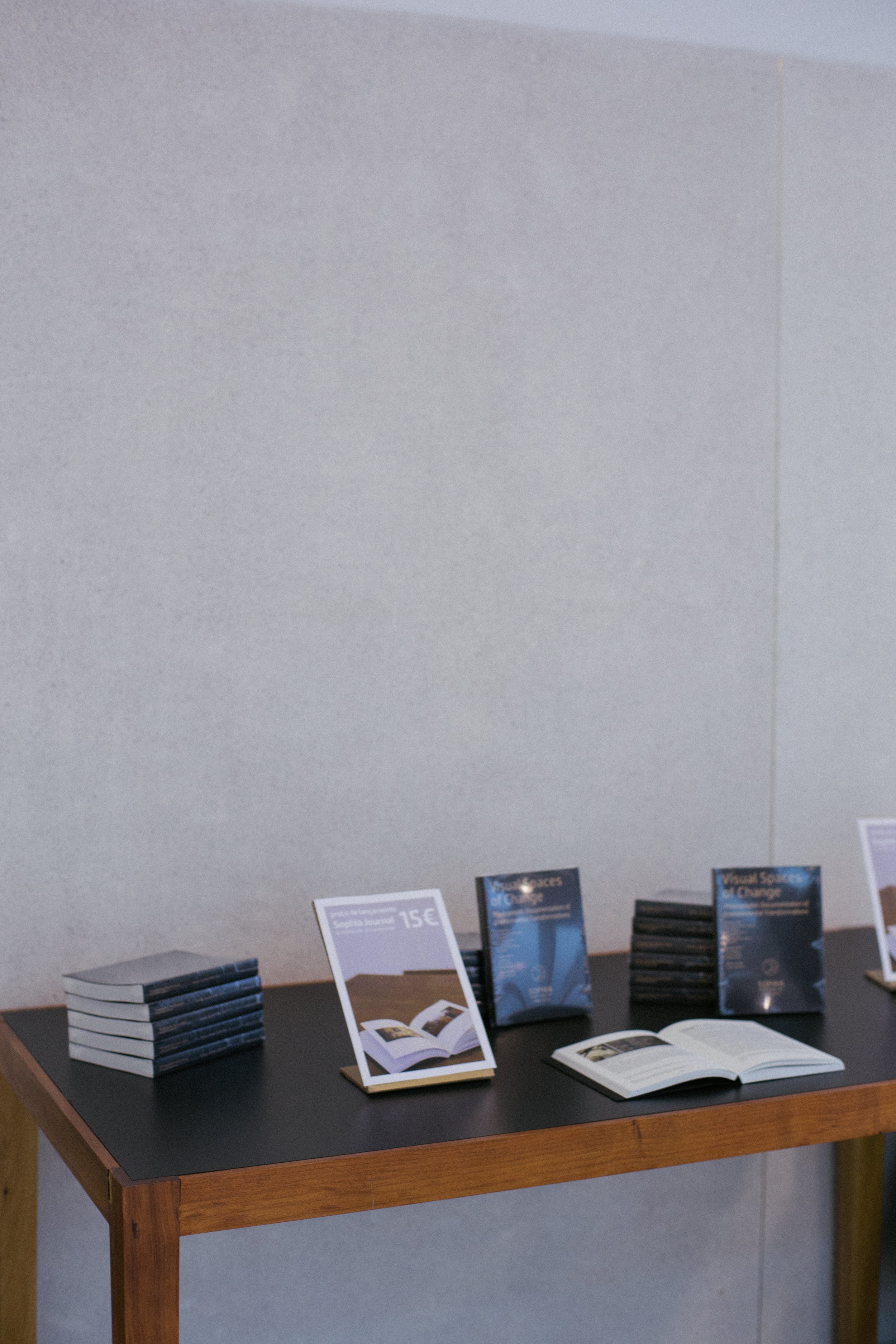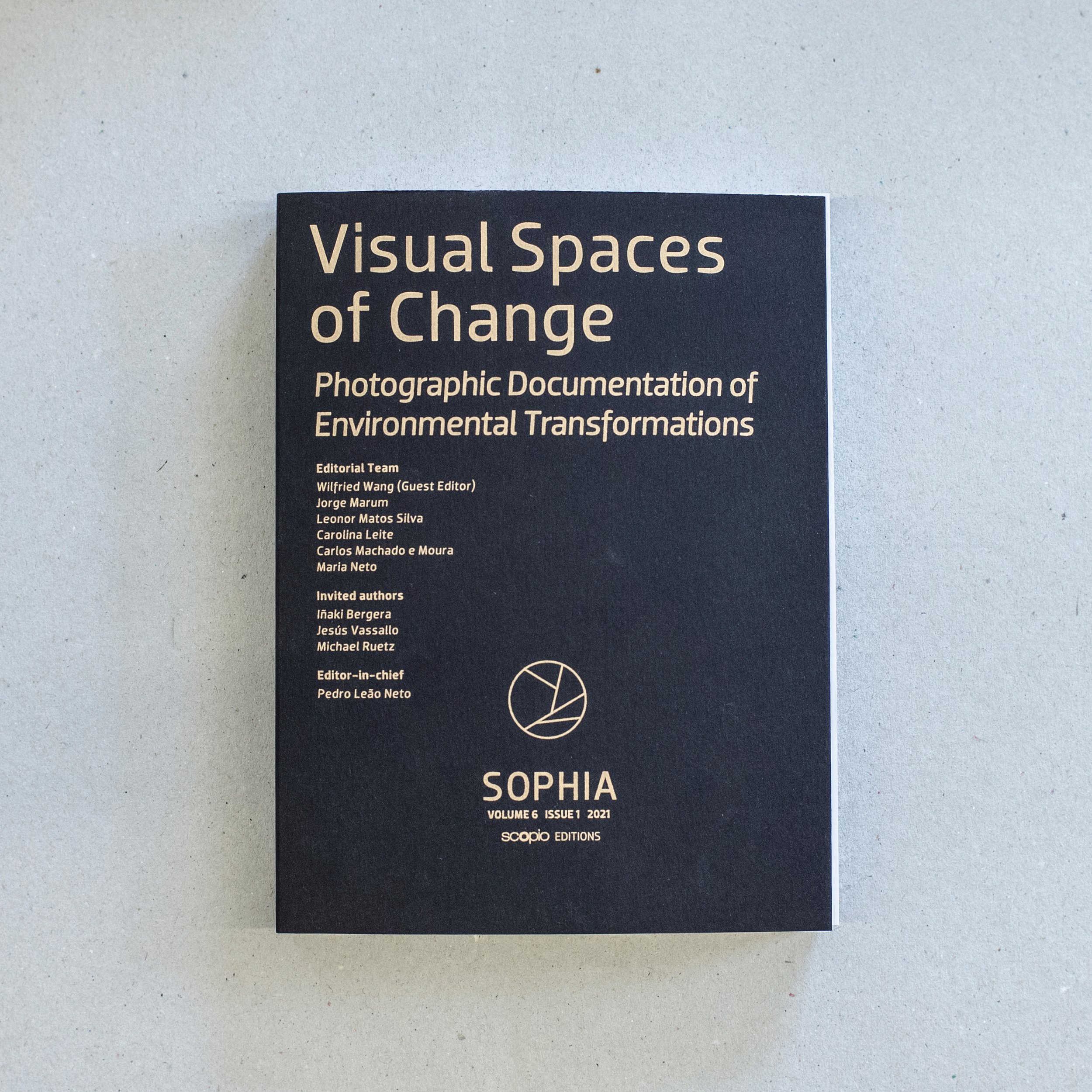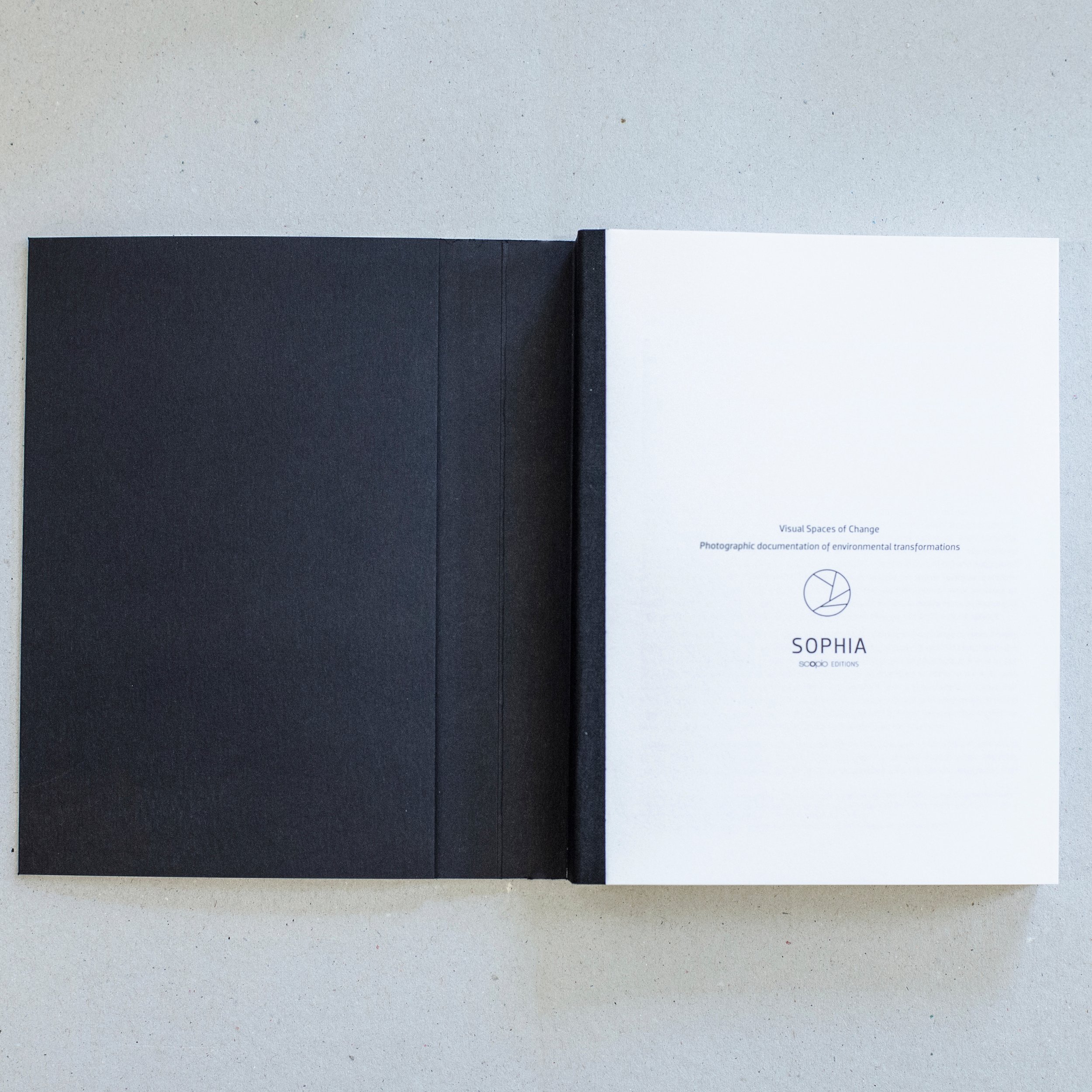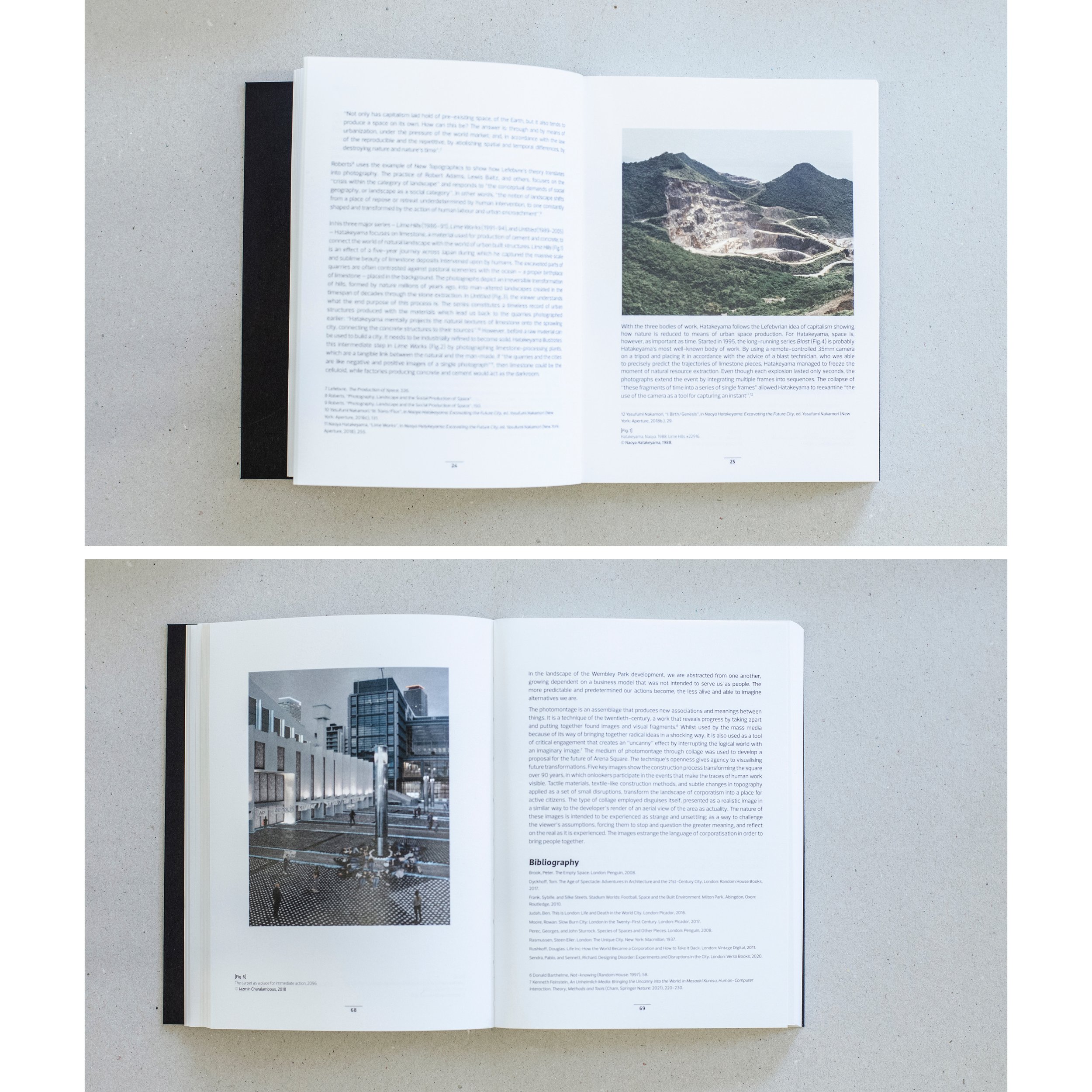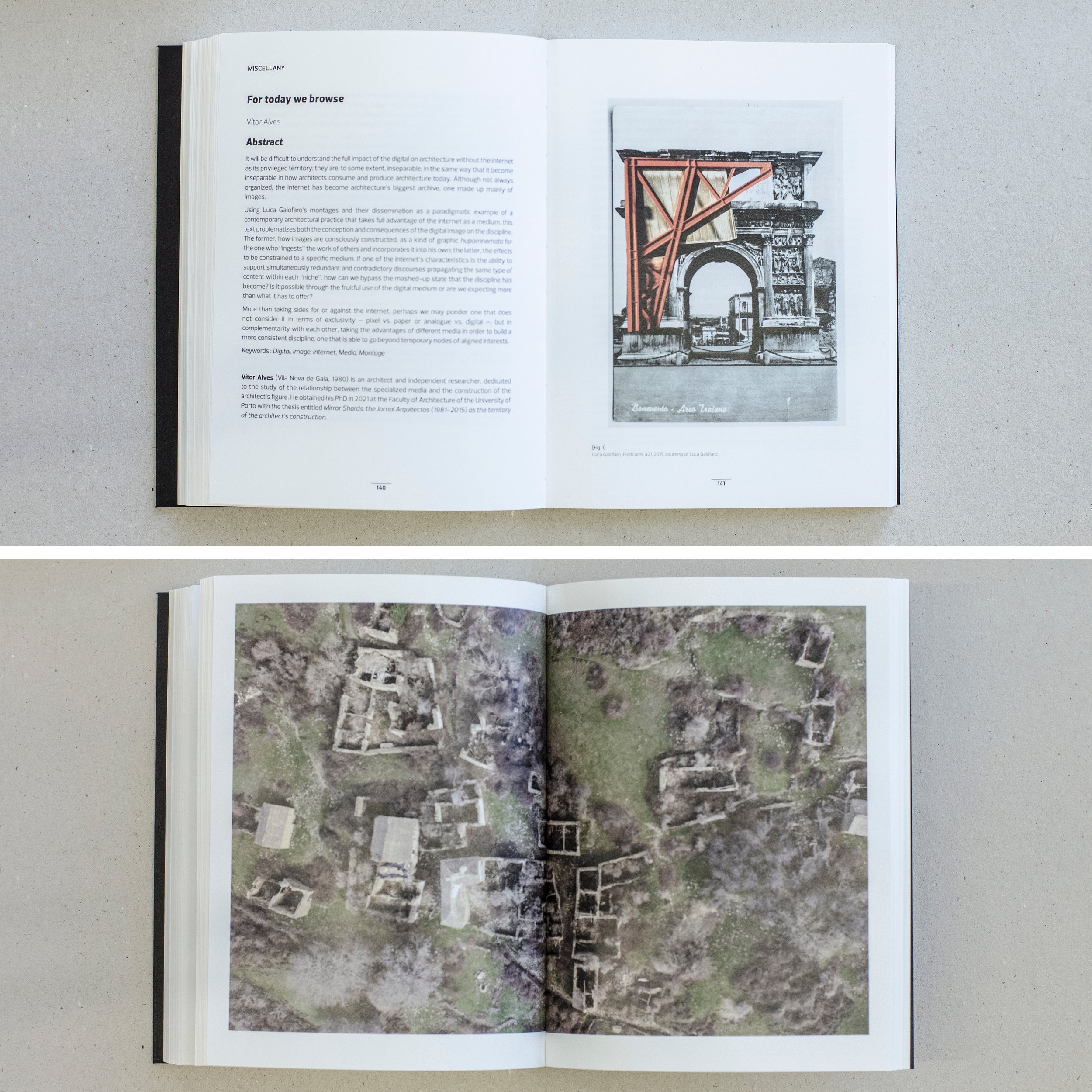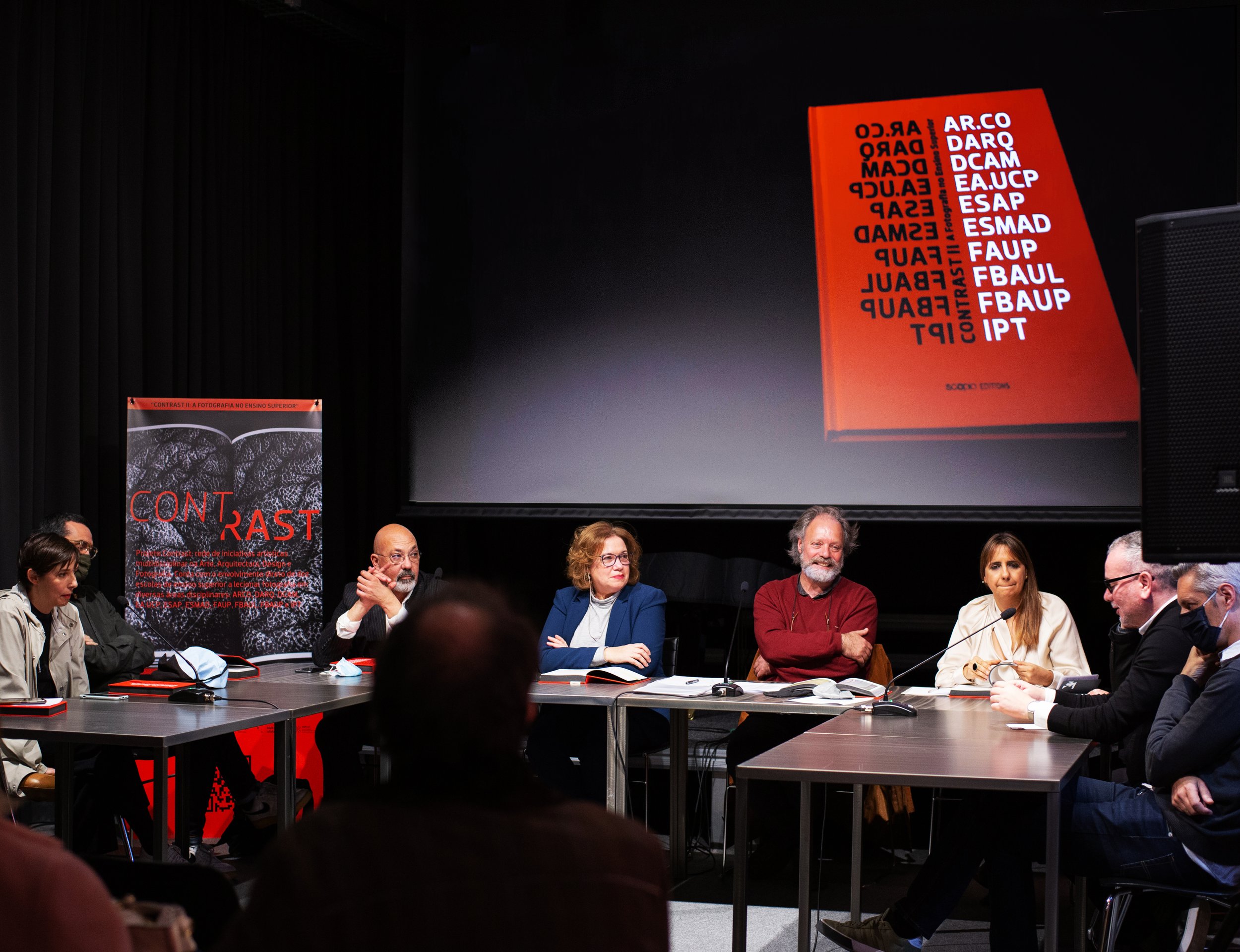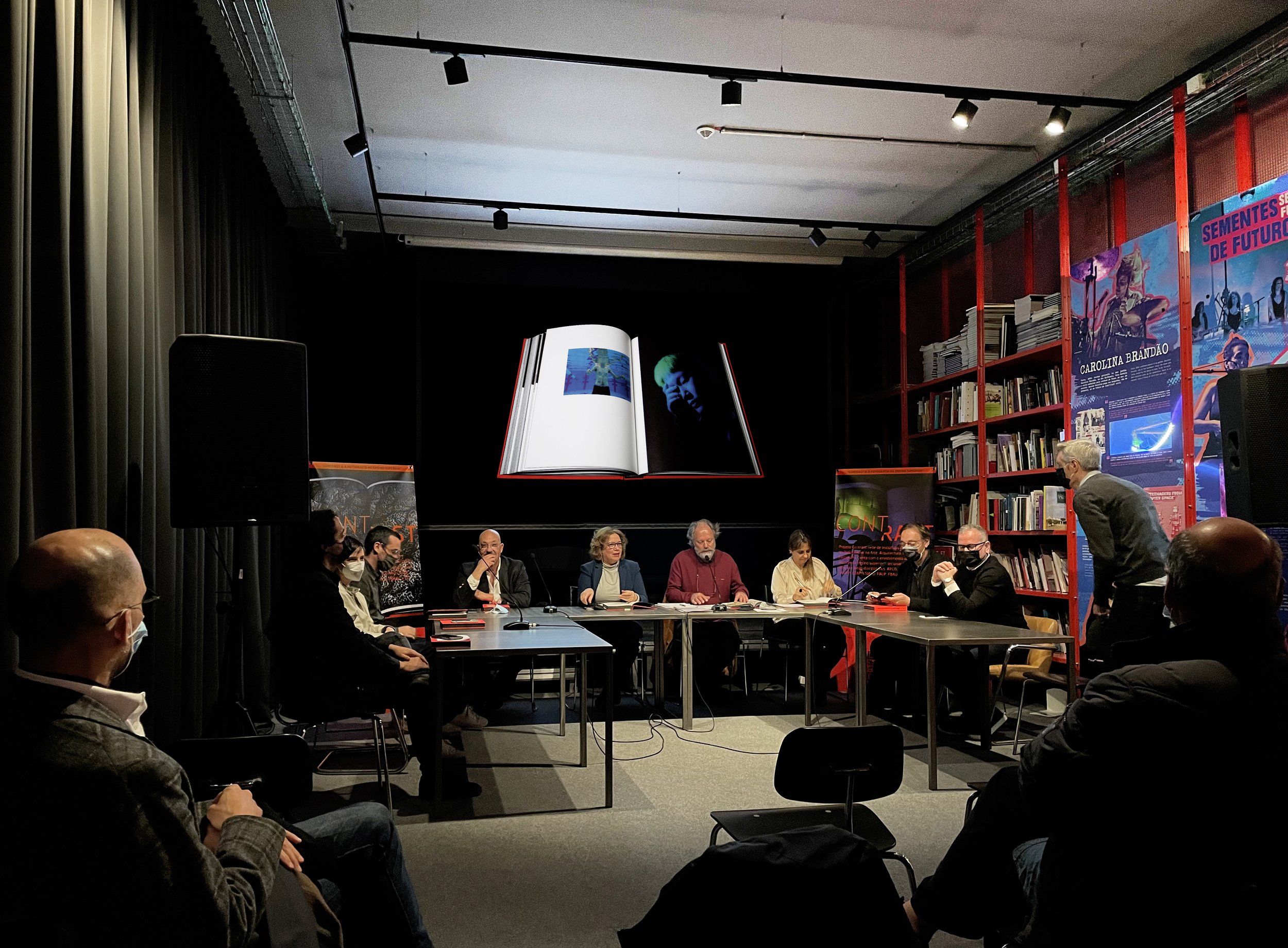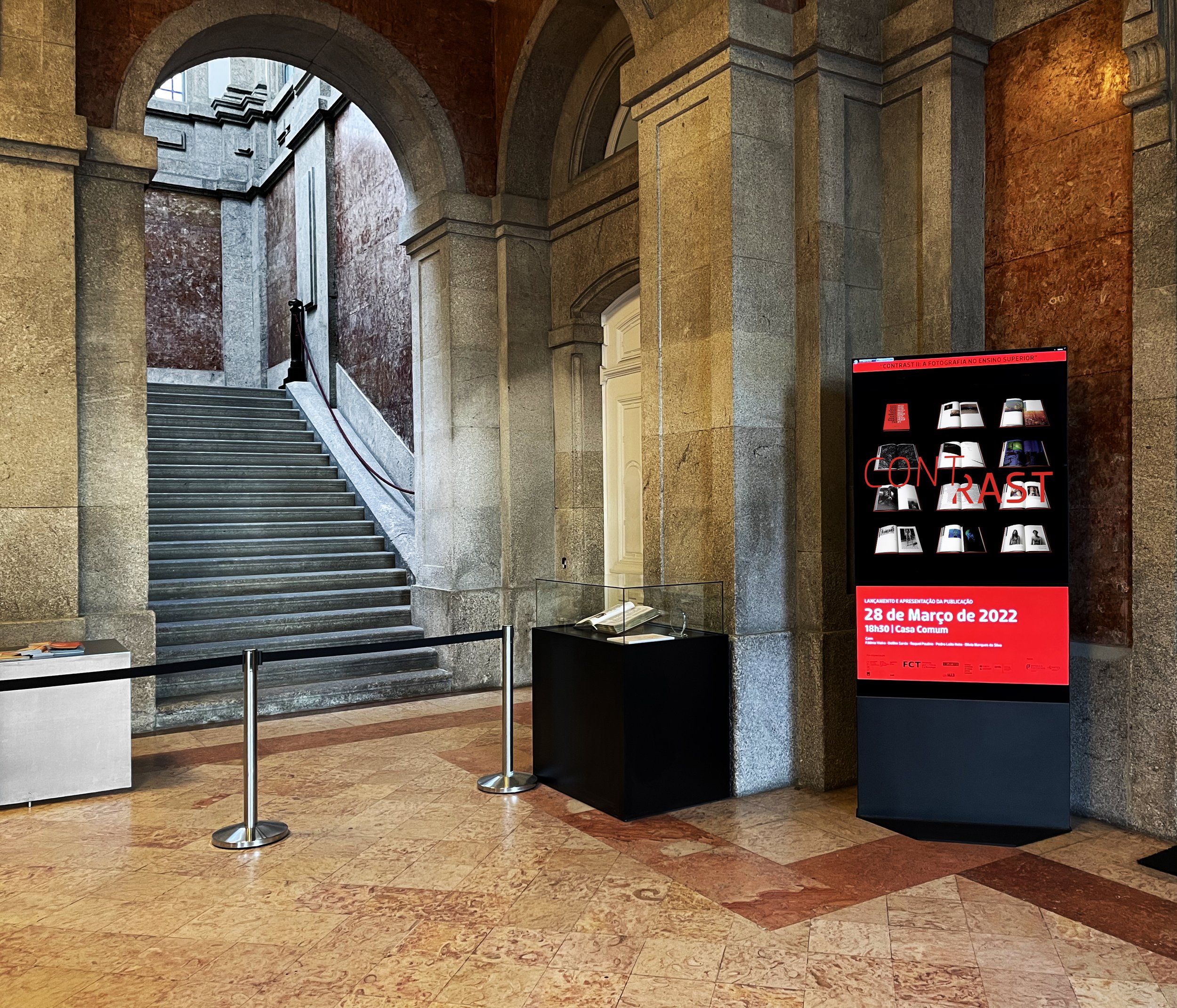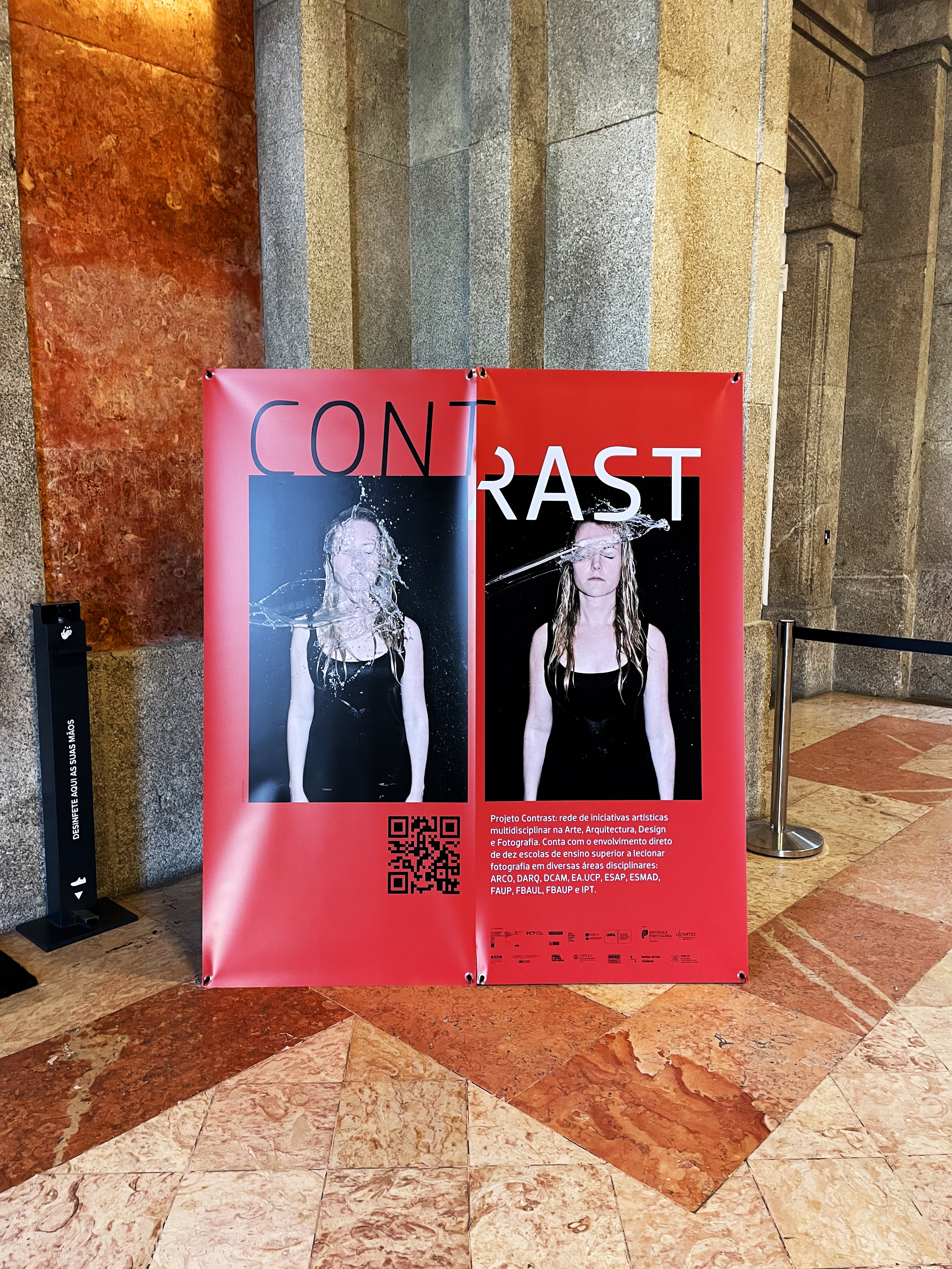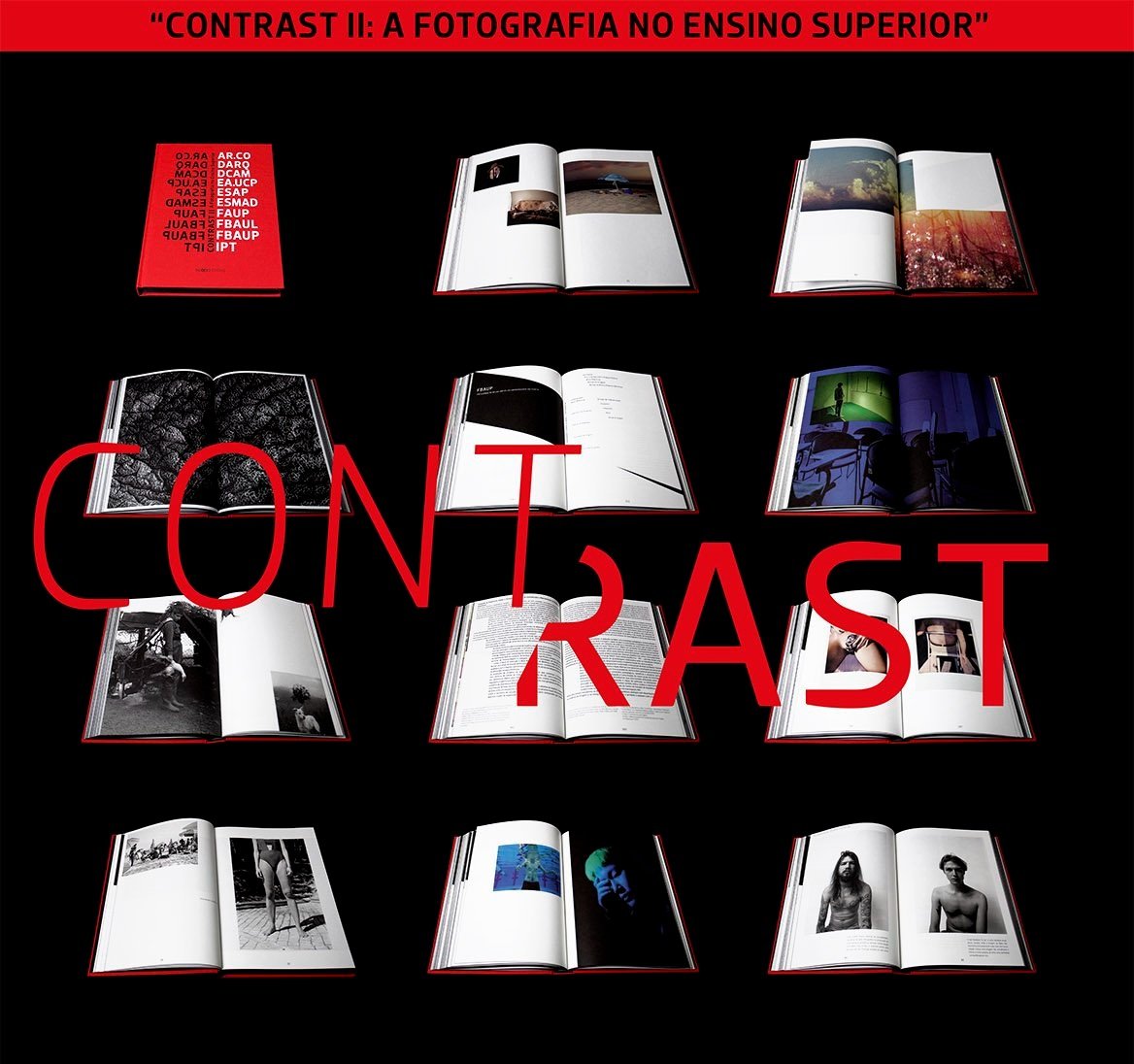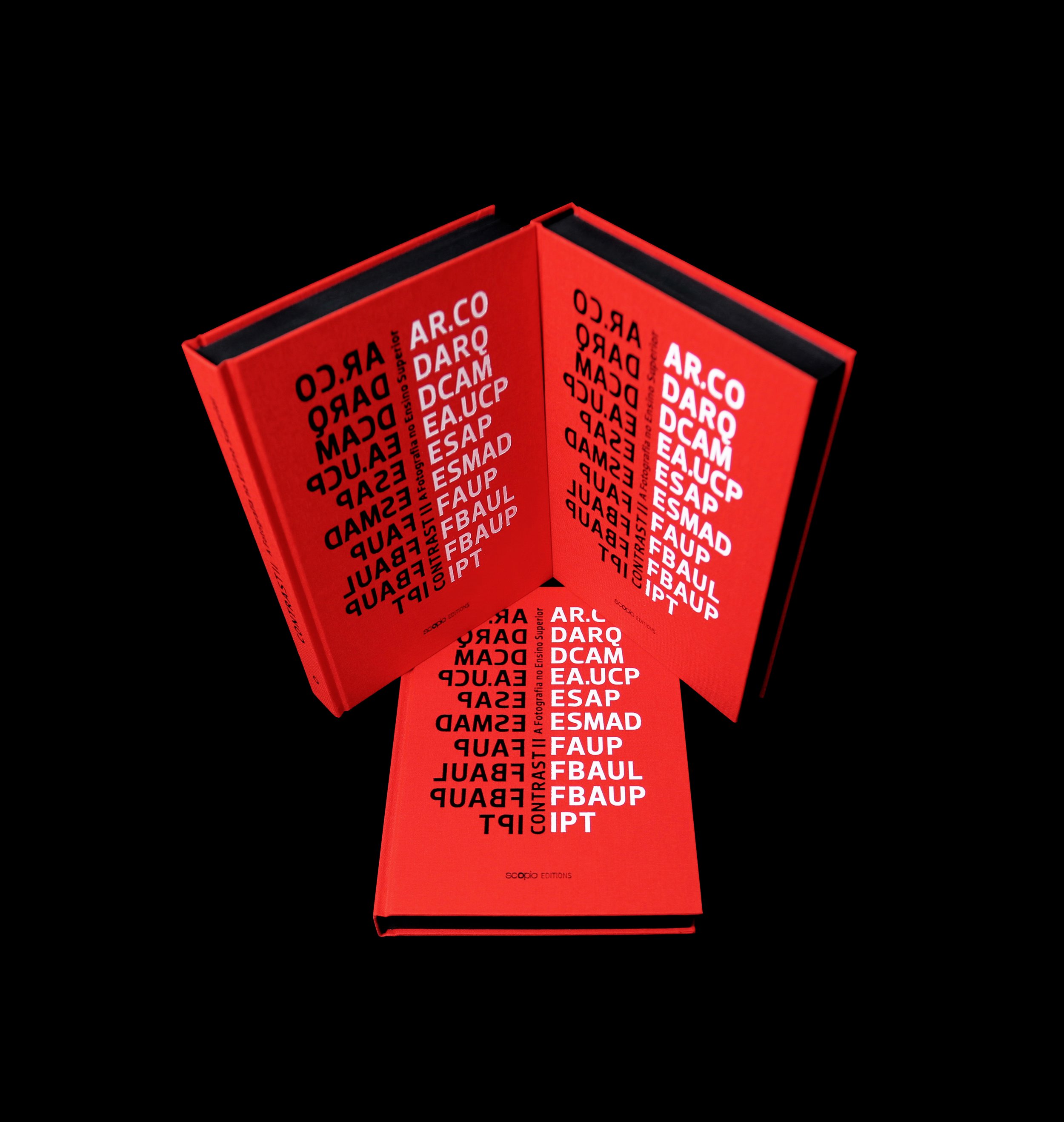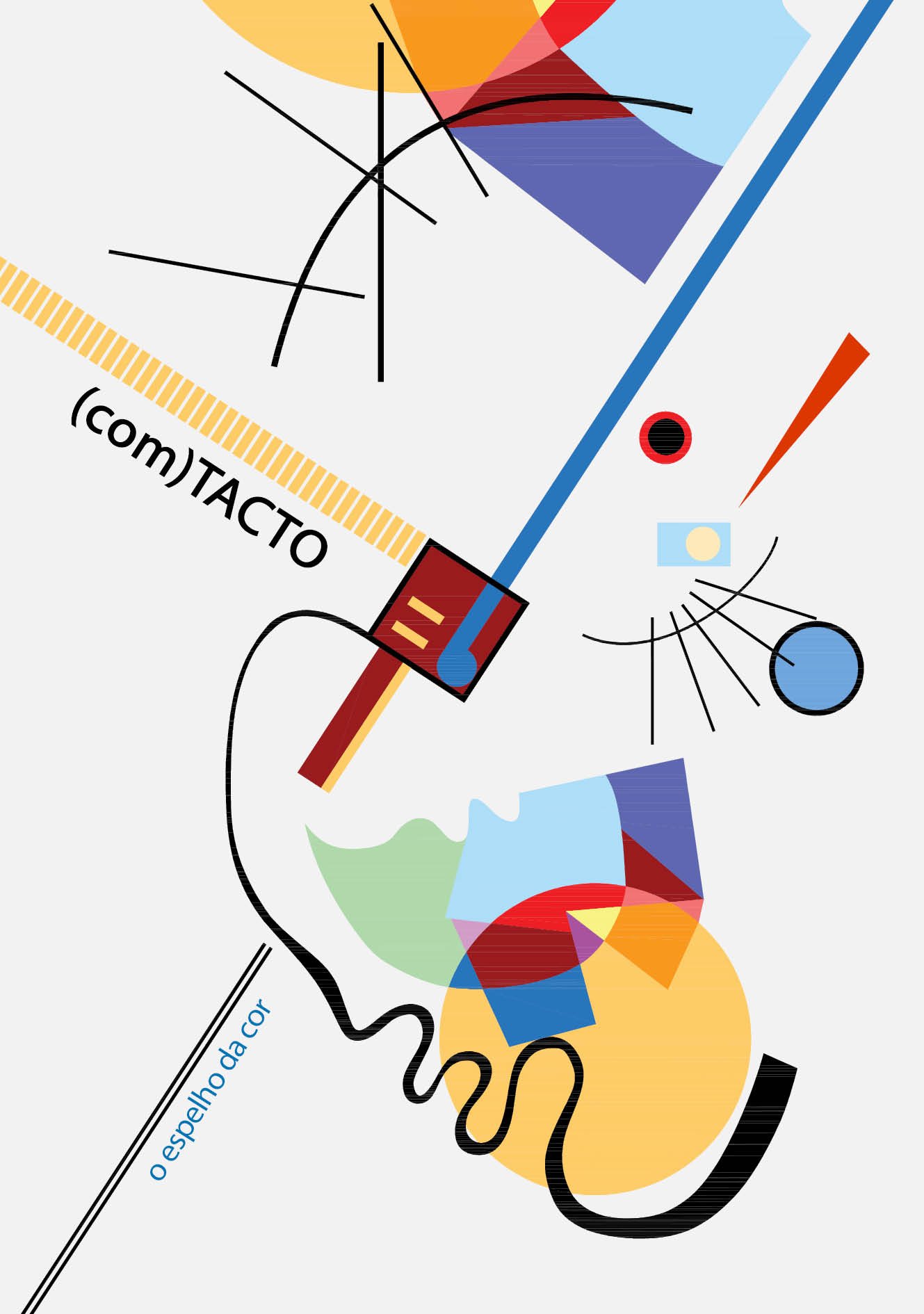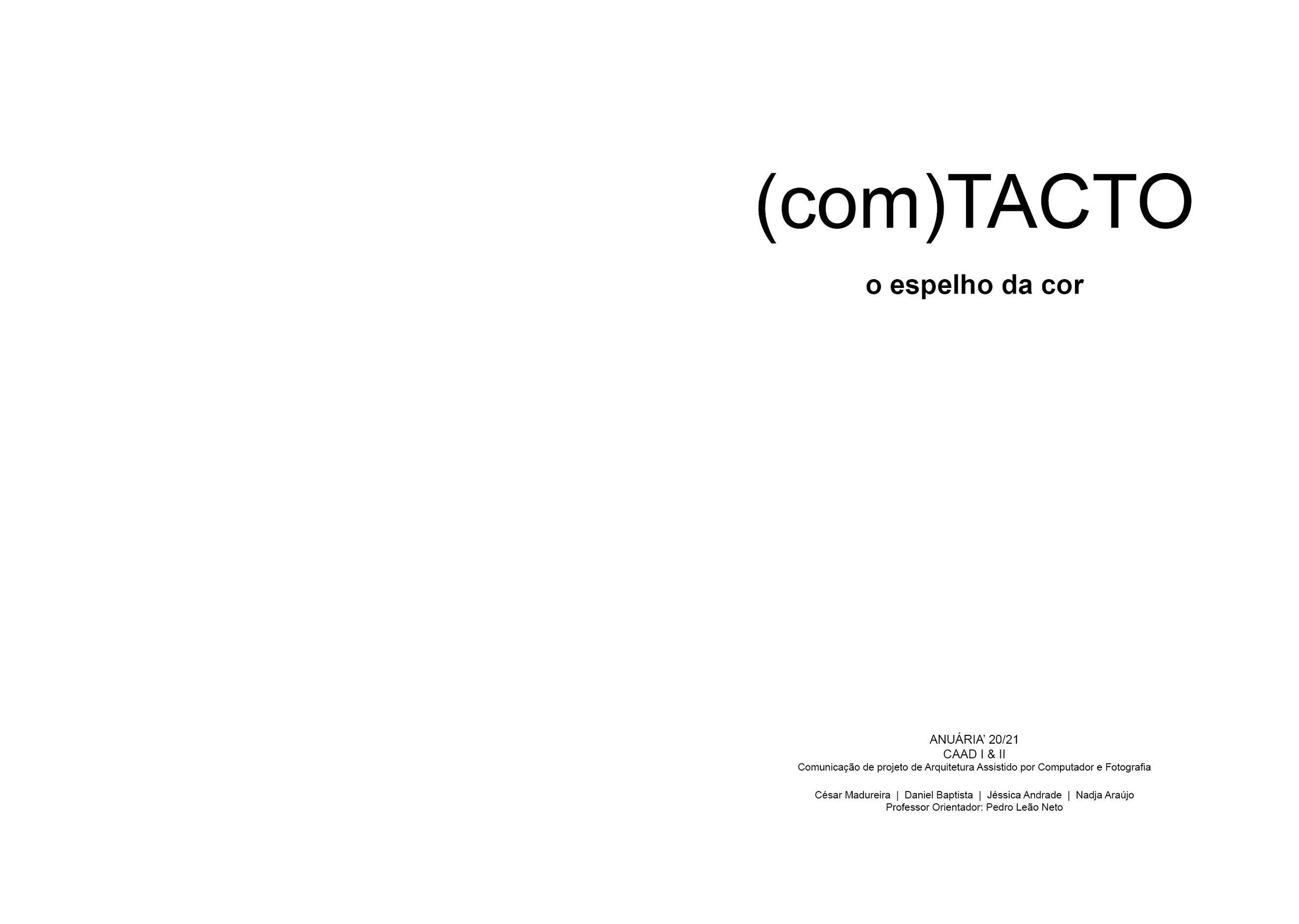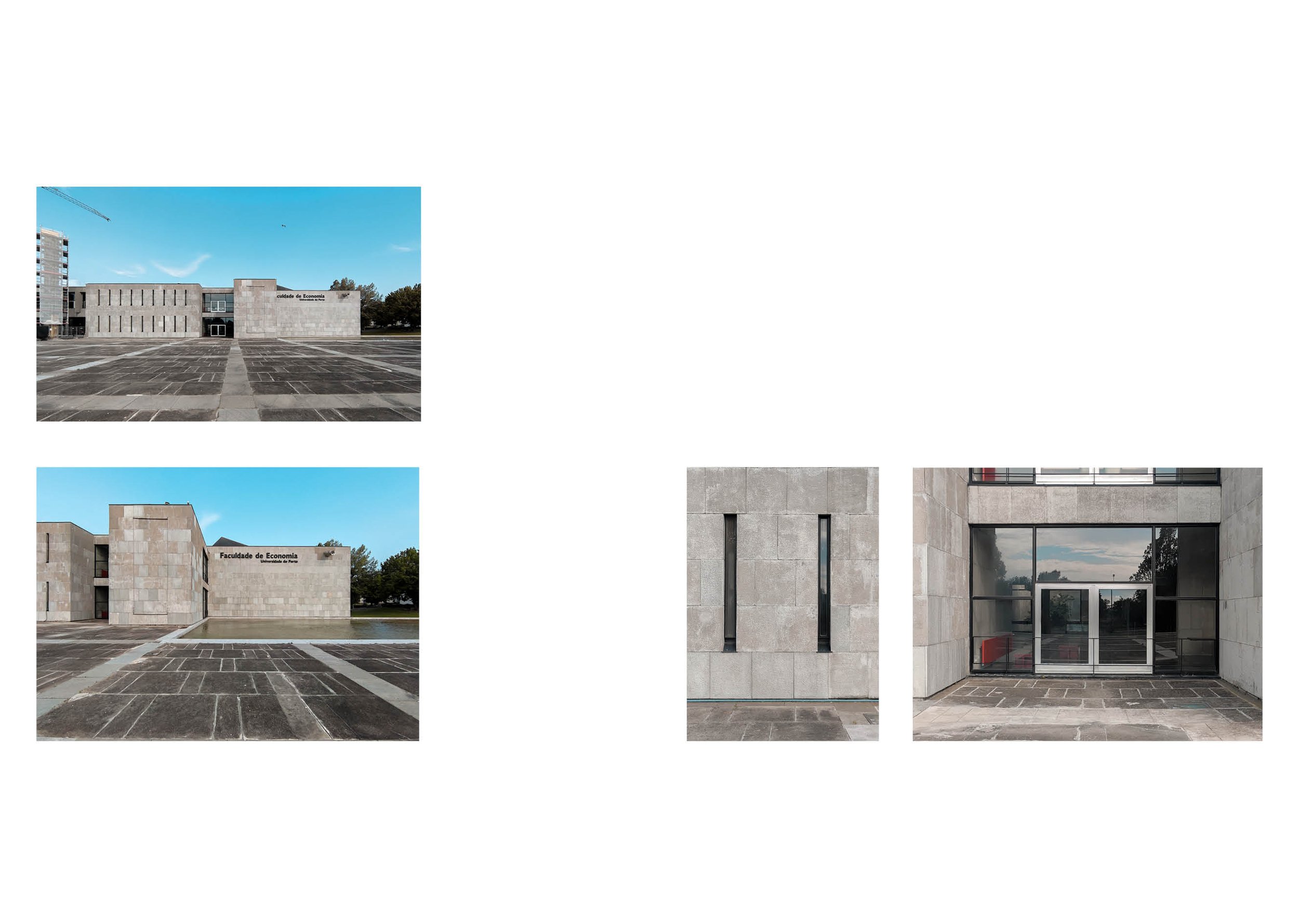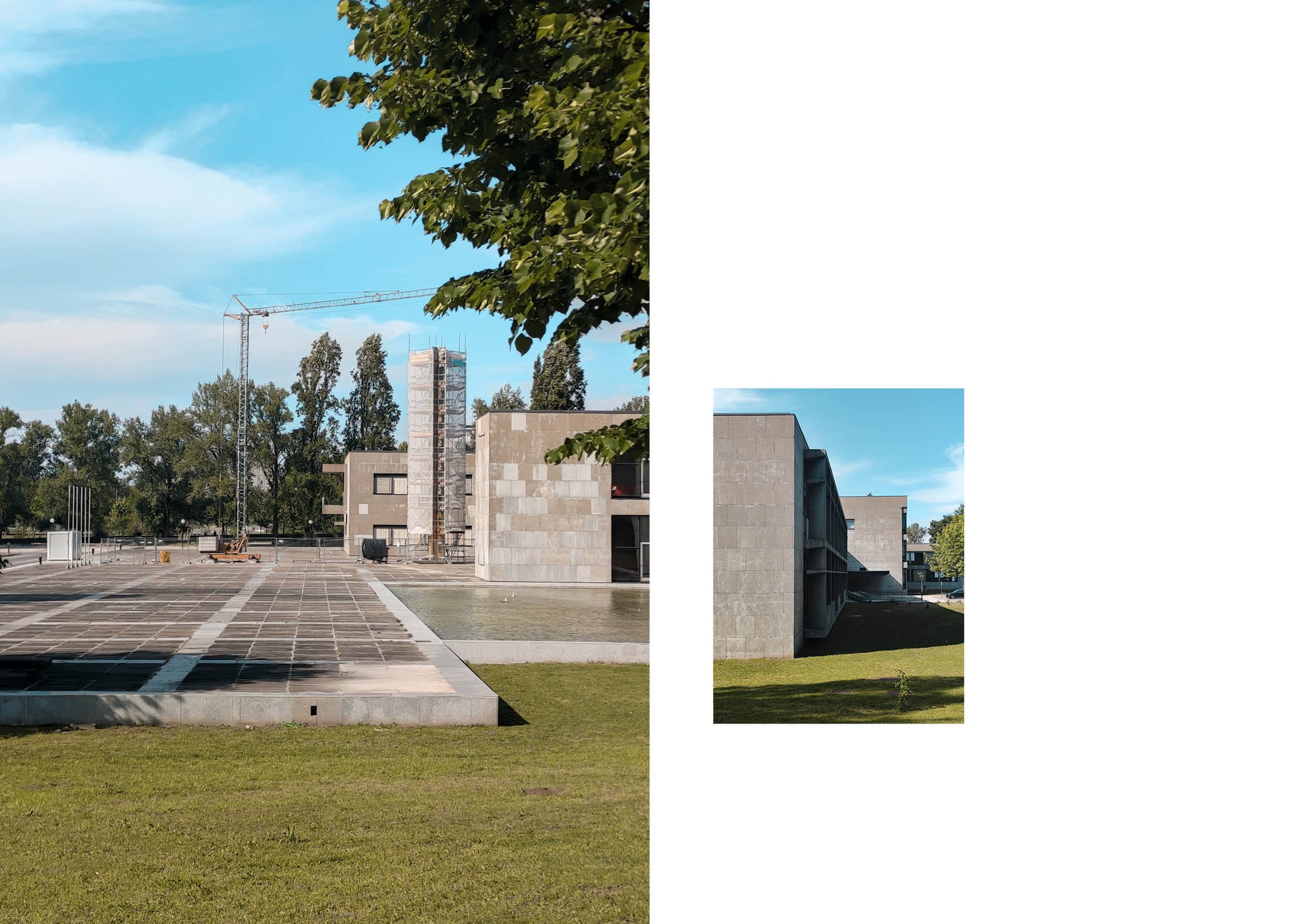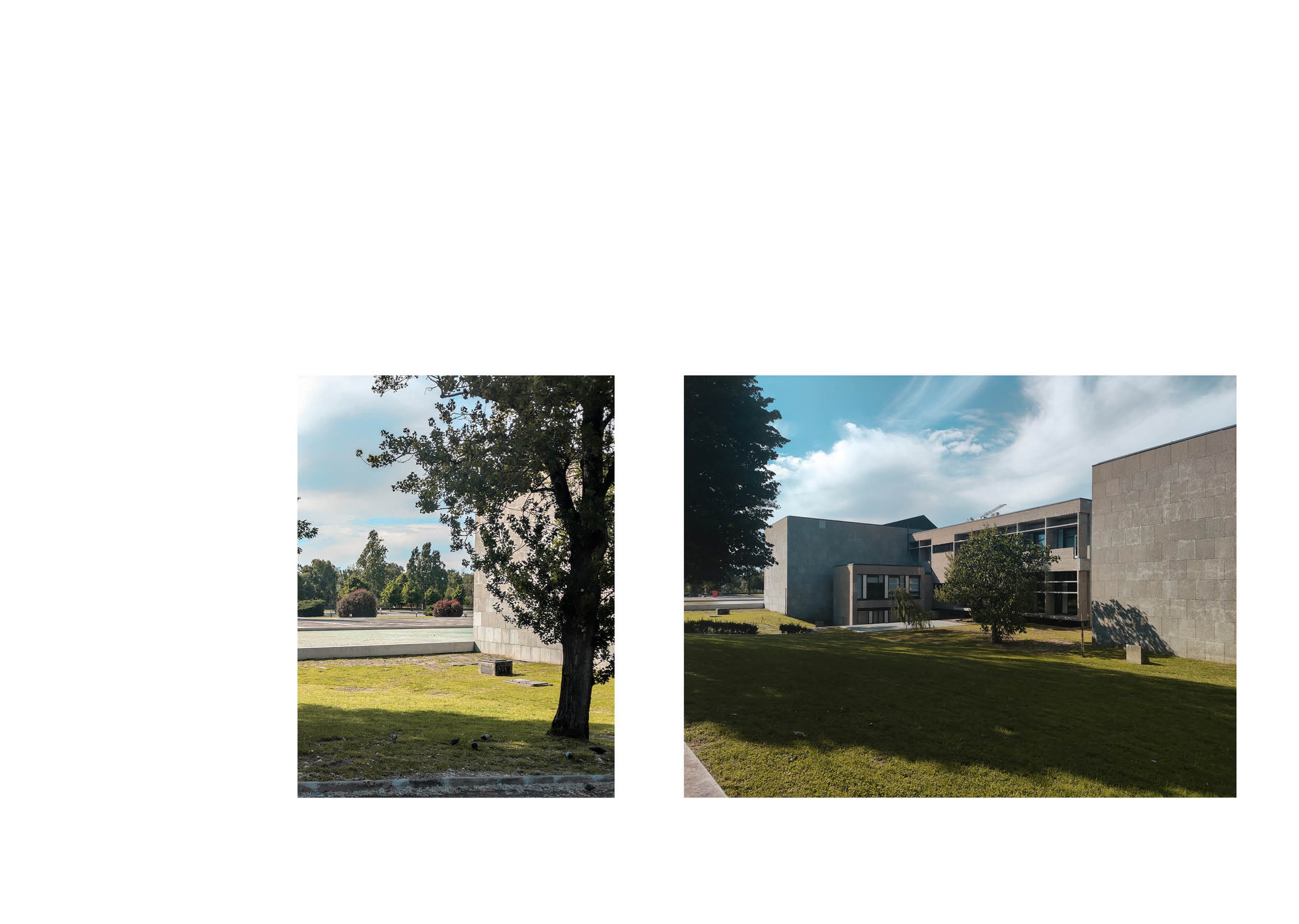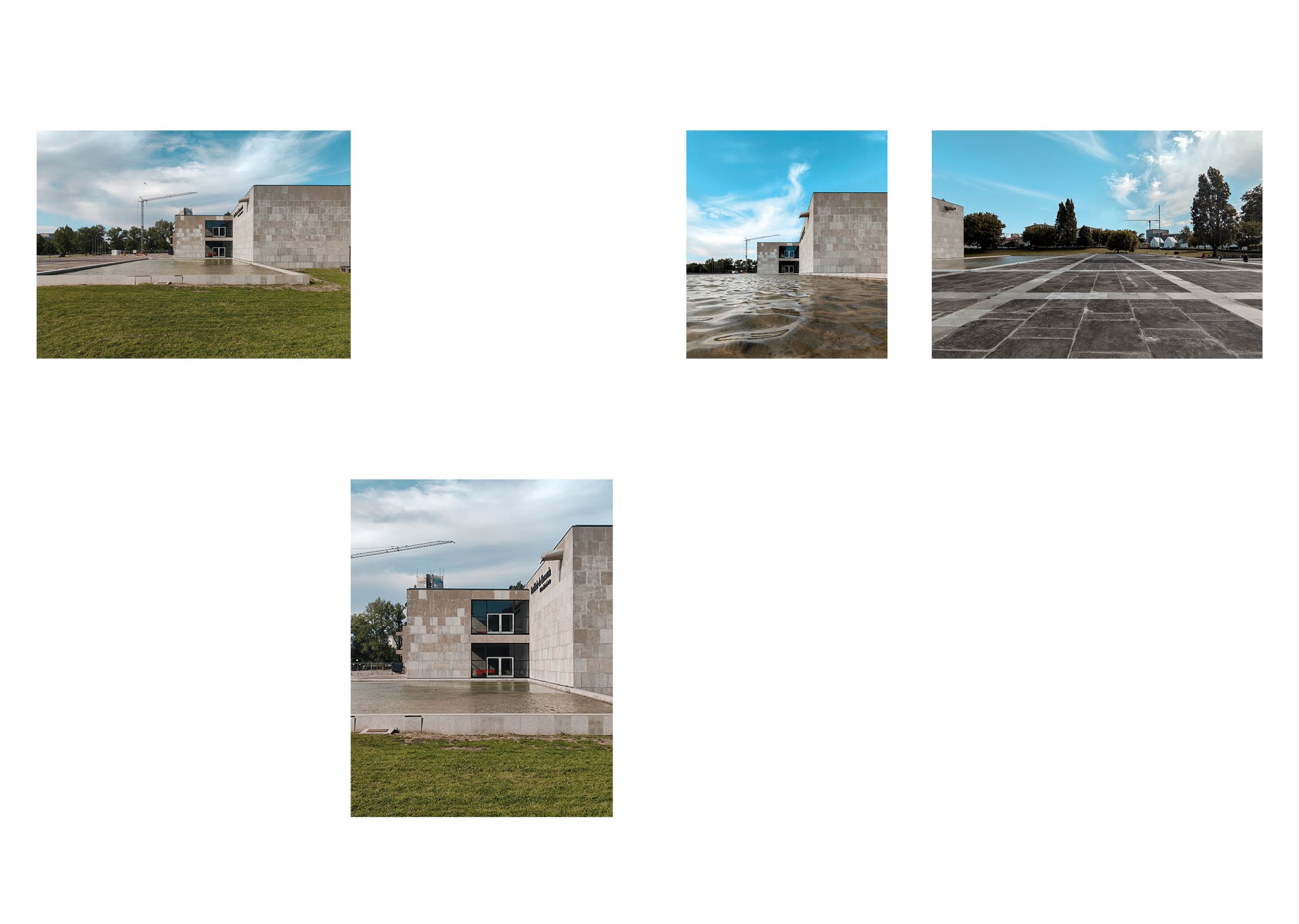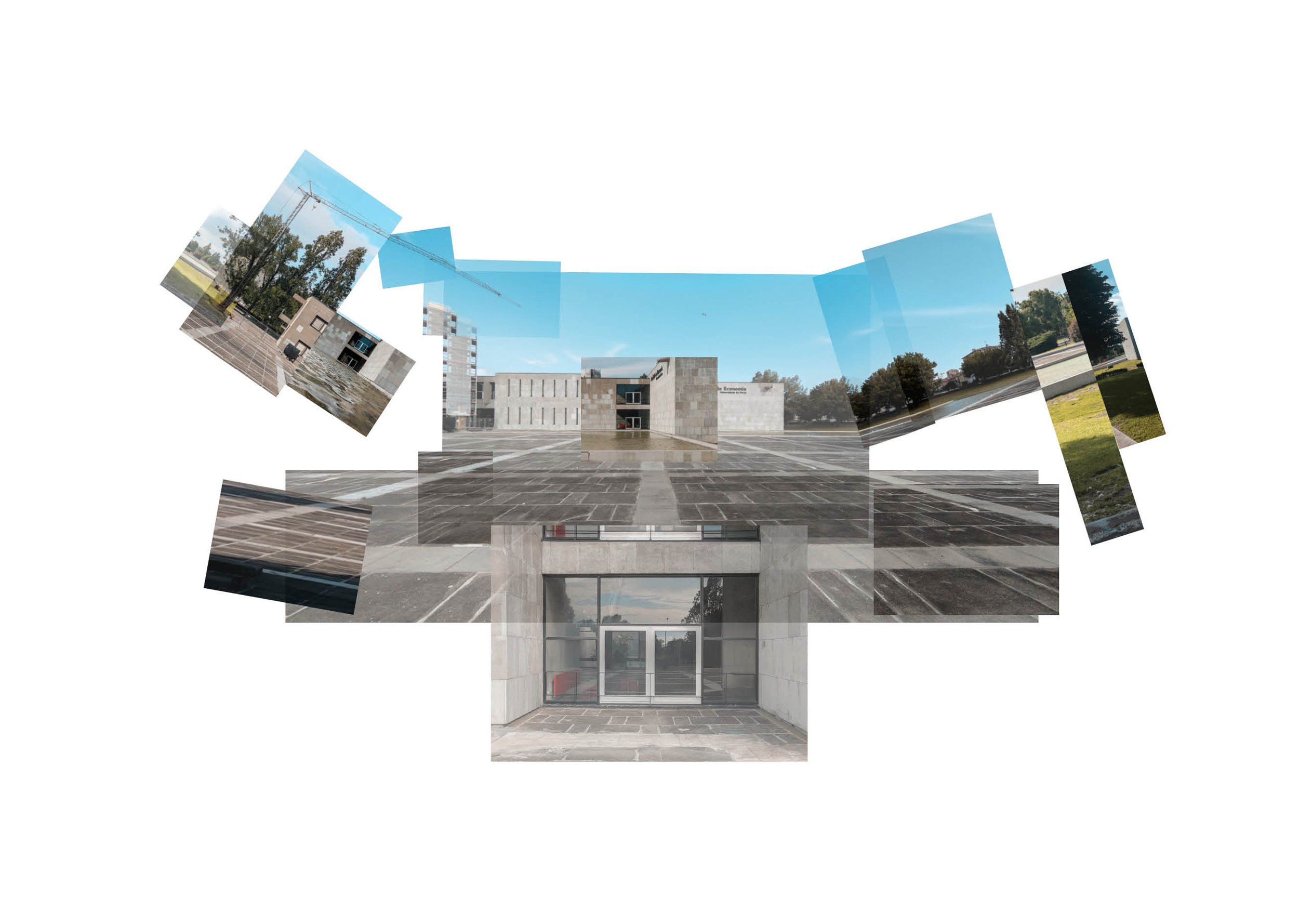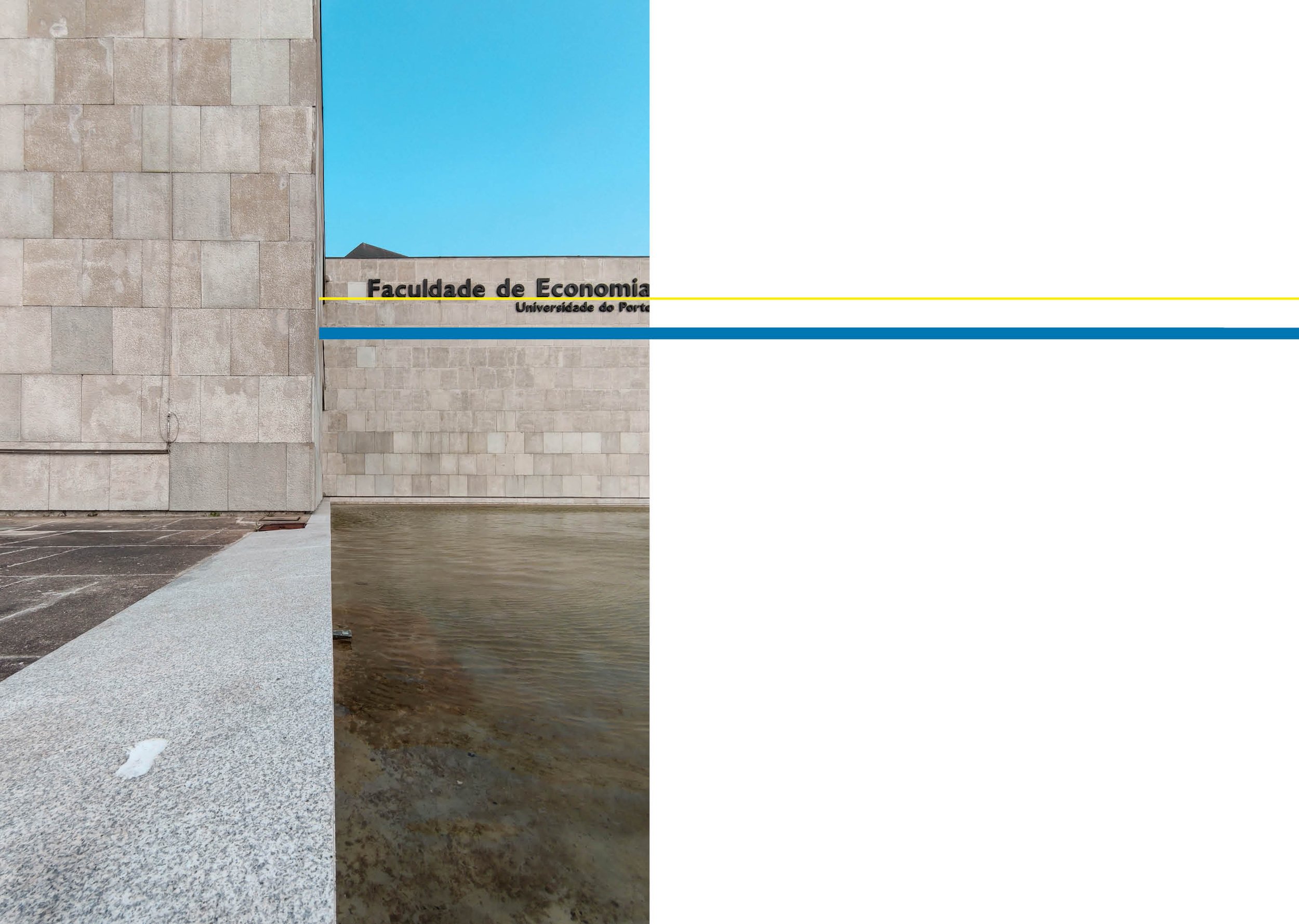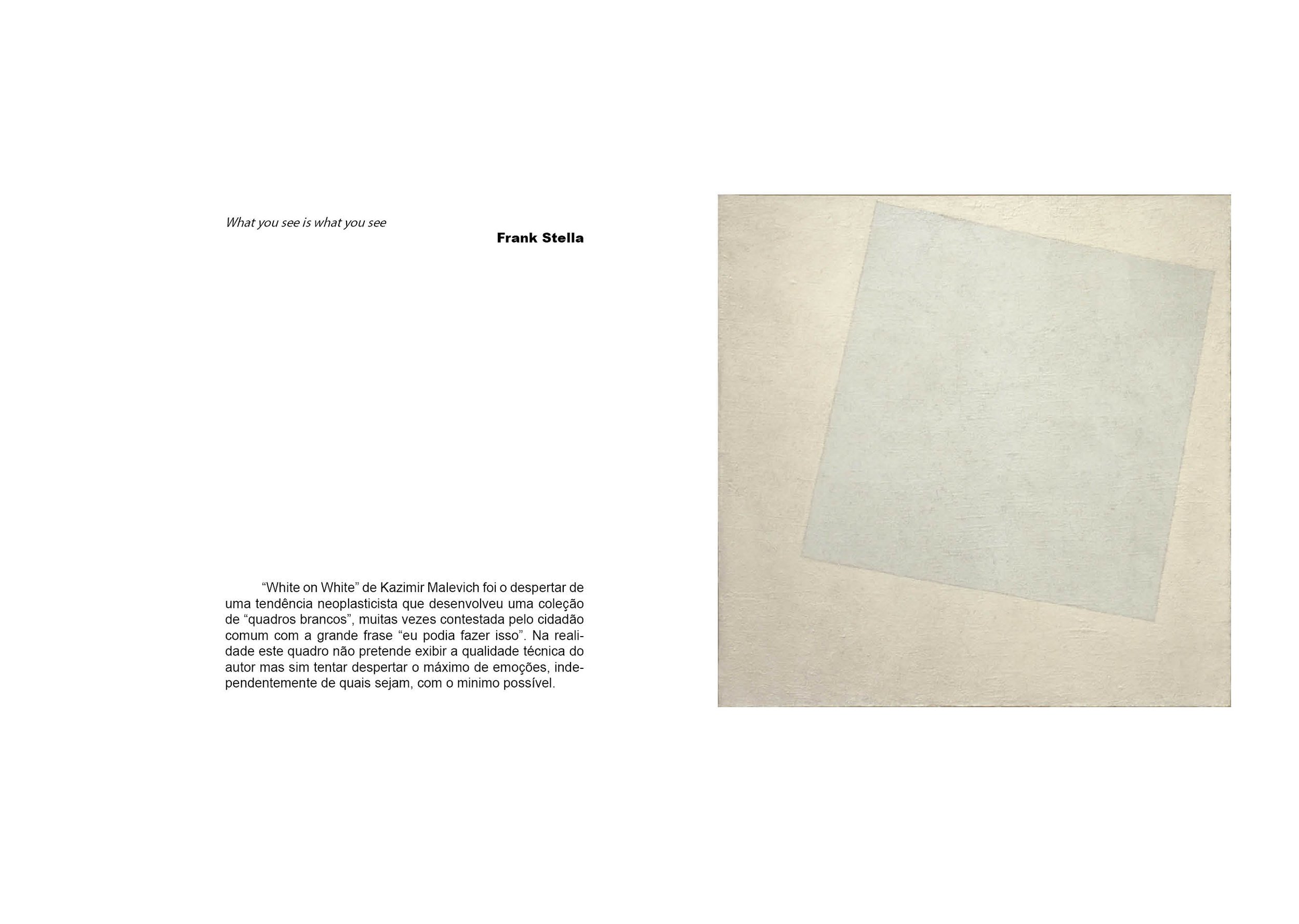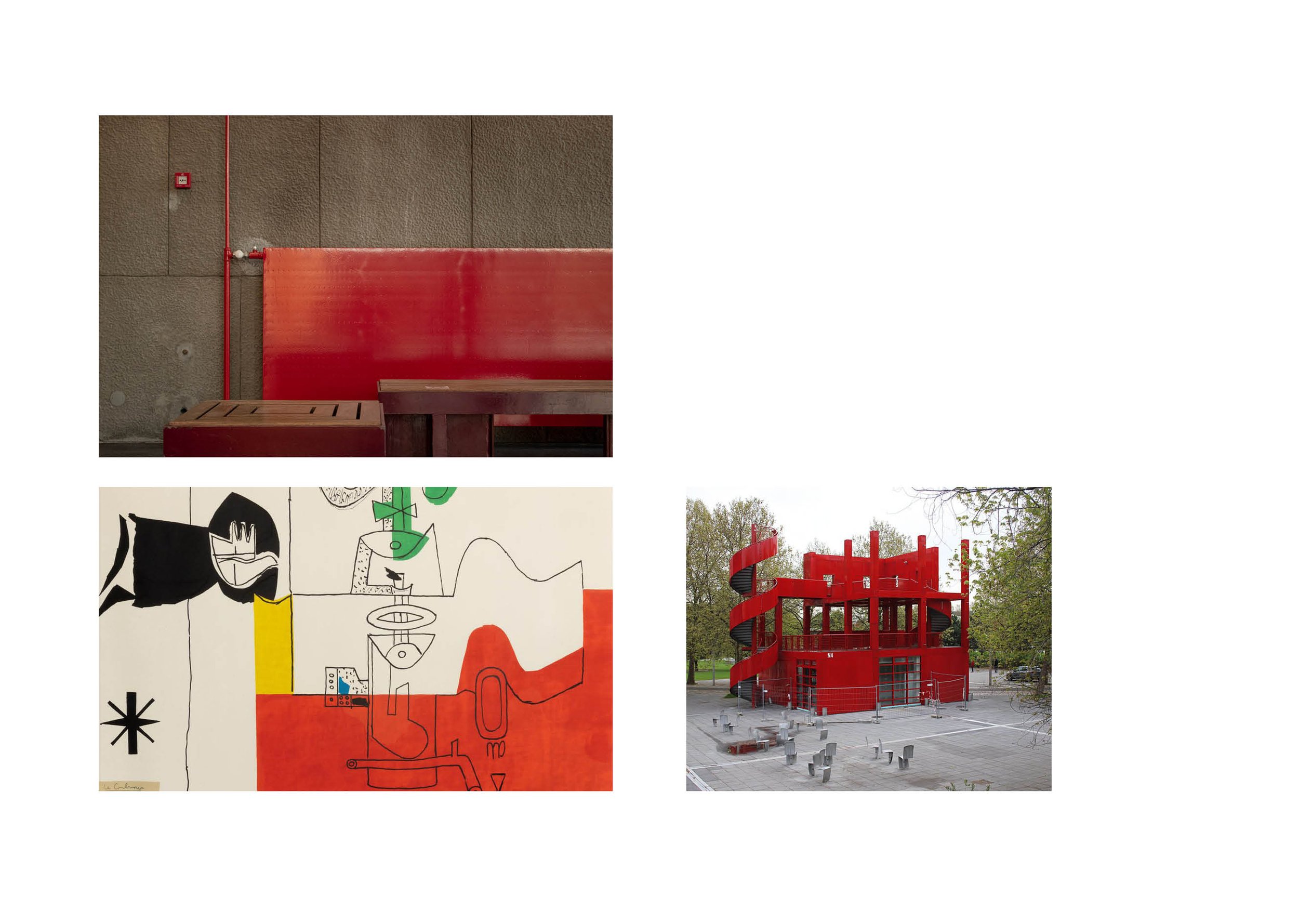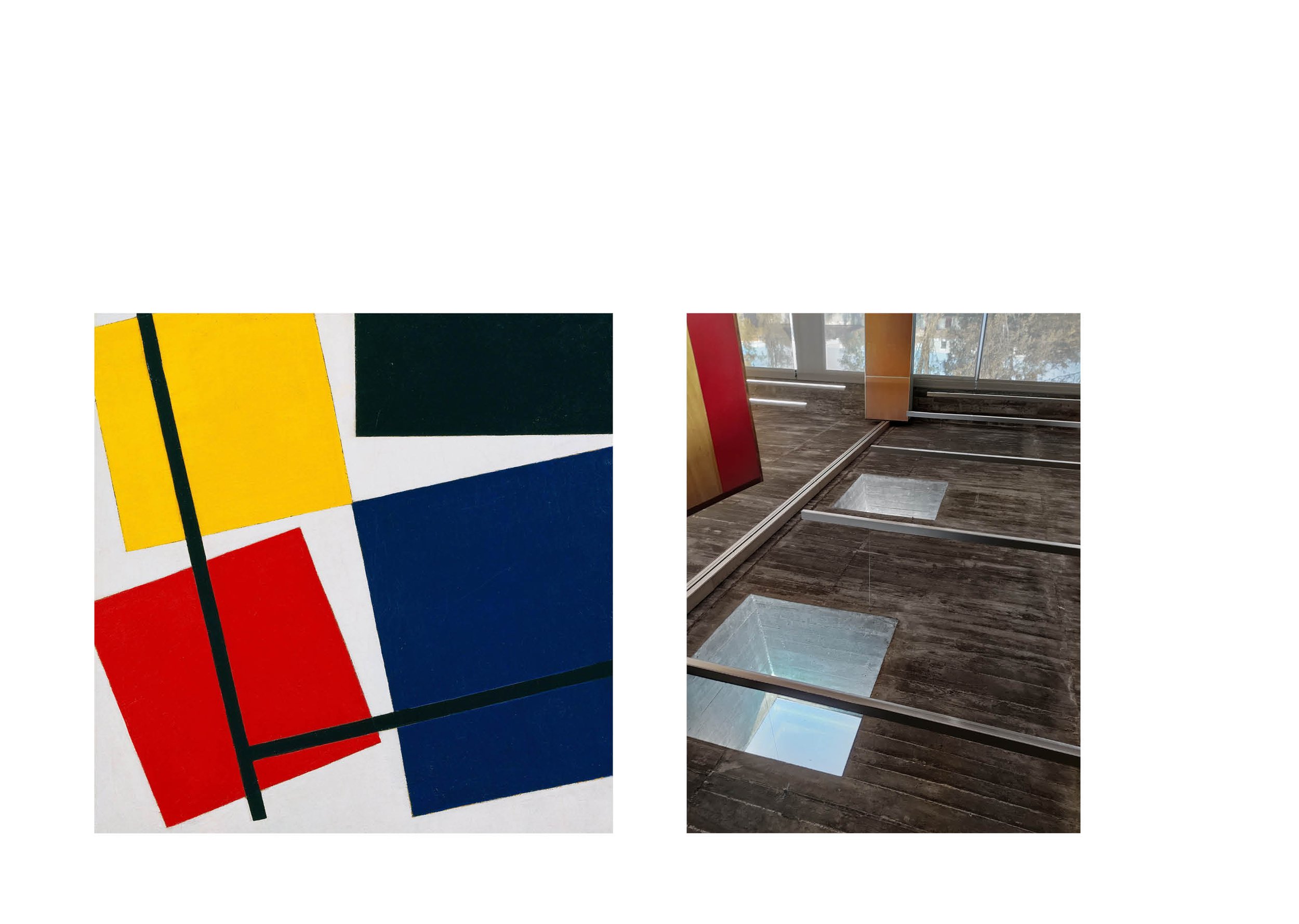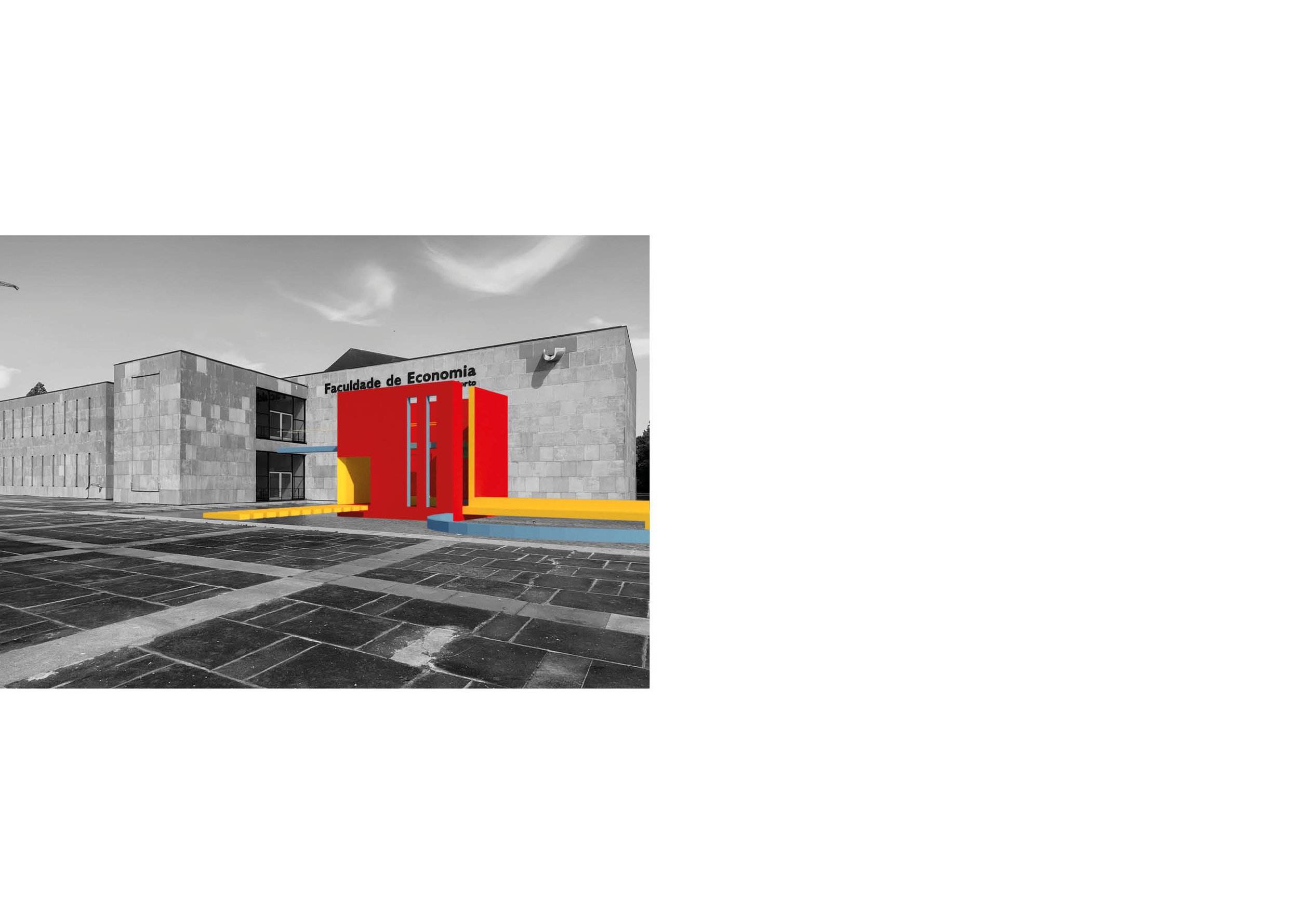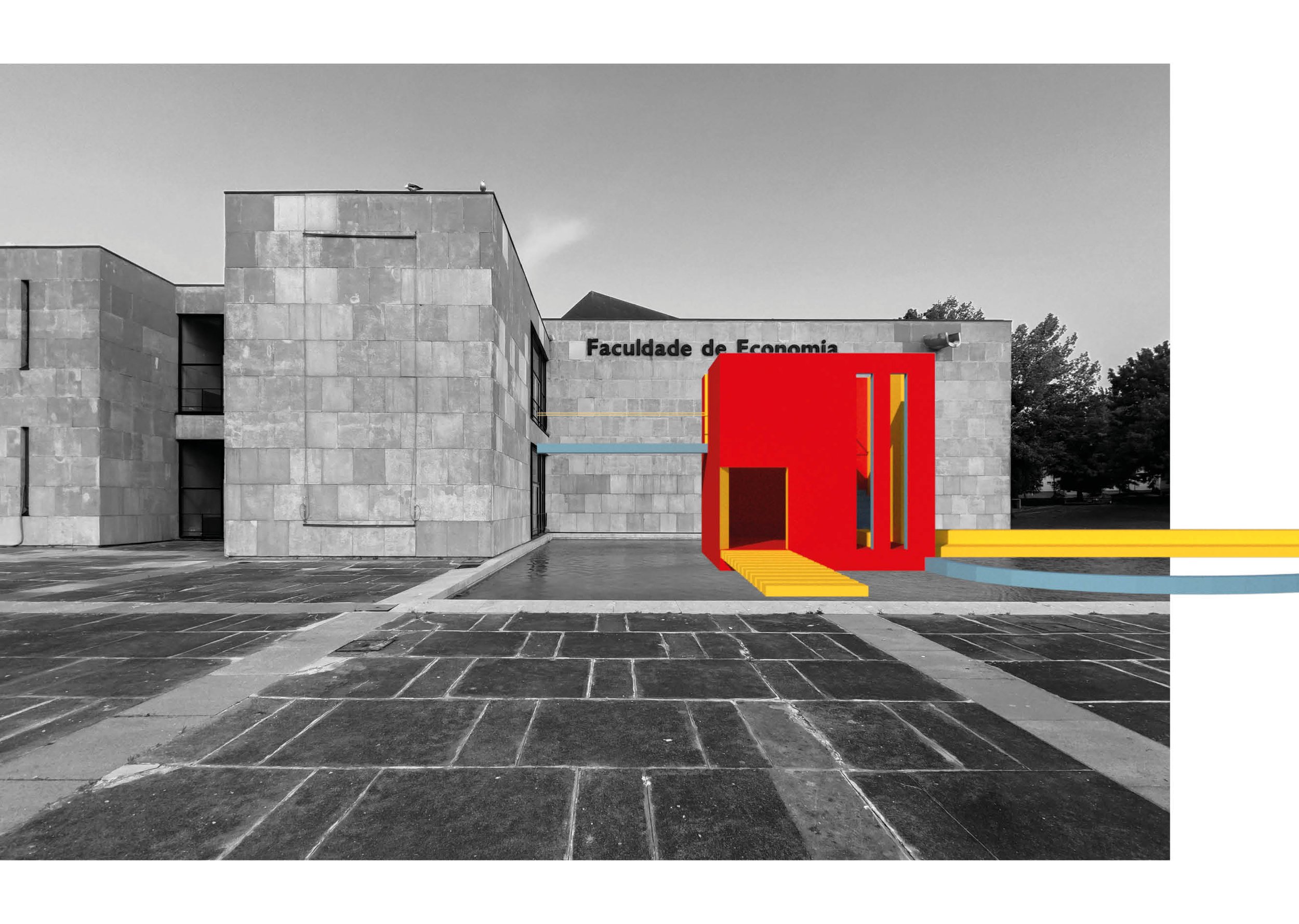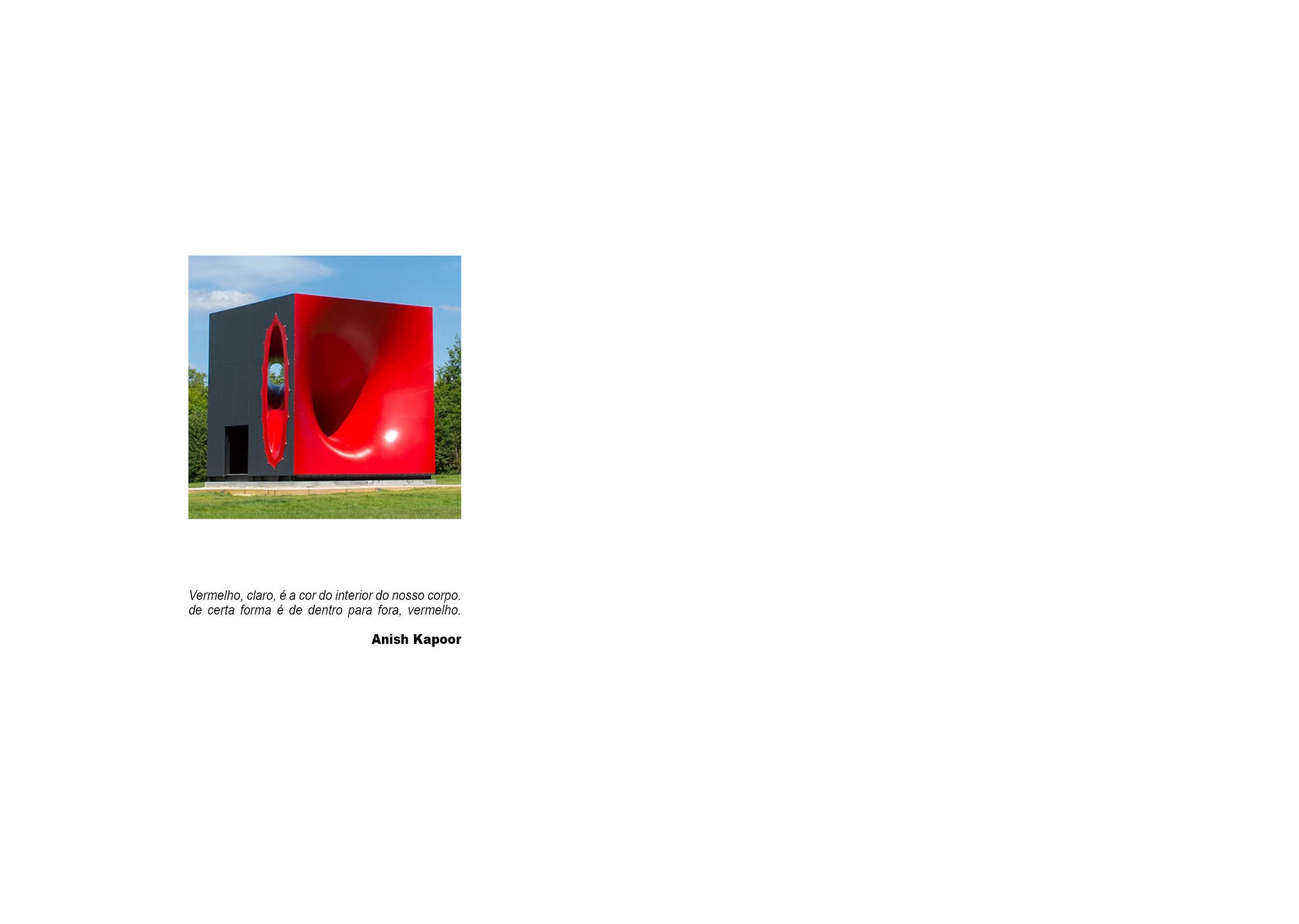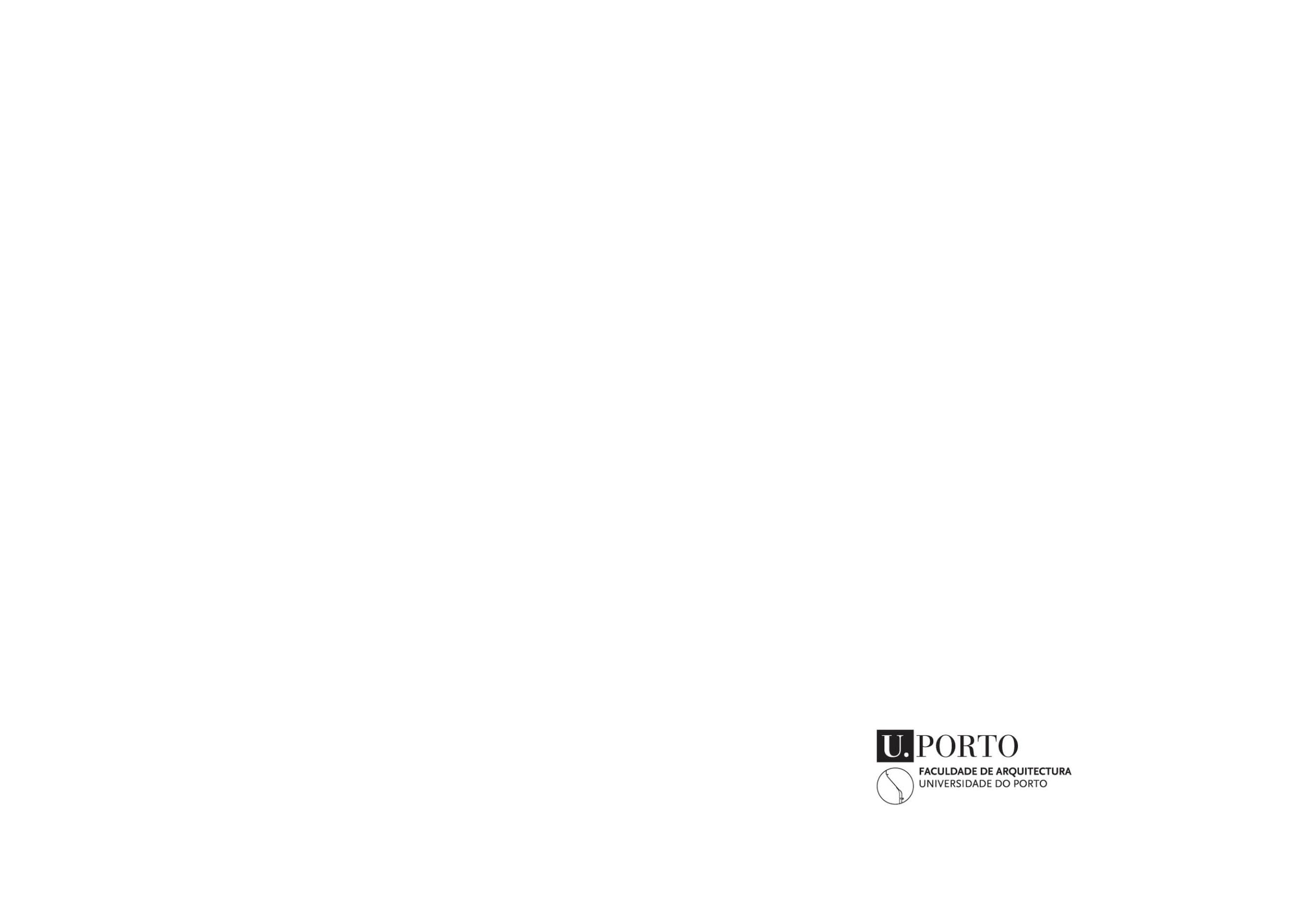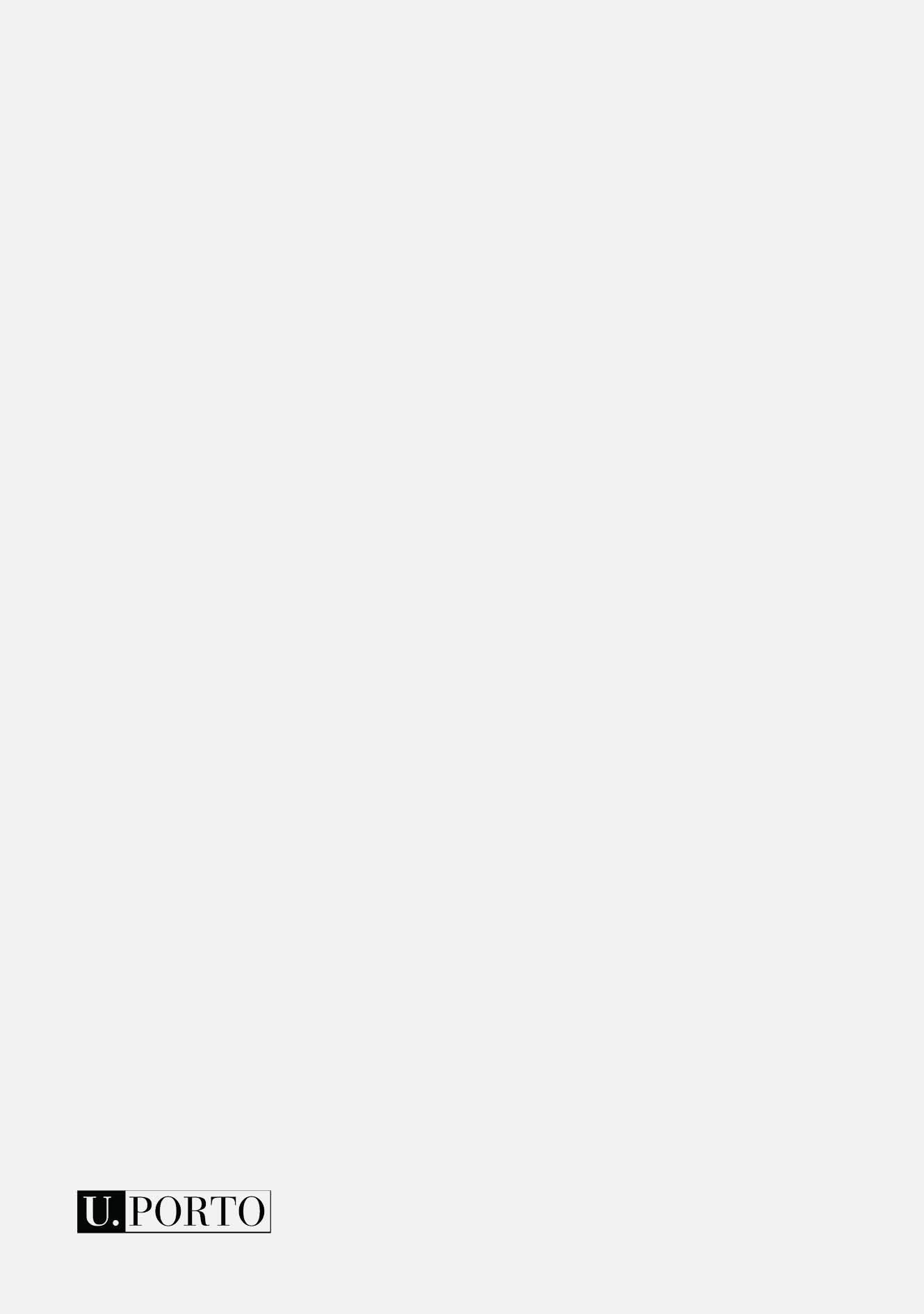CONFERENCE - OPEN CLASS
“THINKING THE ROLE OF MODERNITY AND PHOTOGRAPHY IN THE CRITICAL AND TRANSFORMATIVE POTENTIAL OF THE EVERYDAY URBAN SPACE”
WITH
KATARINA ANDJELKOVIC
March 9, 2022 | 15h00 - 16h30 | (Wednesday) - Library Auditorium, FAUP - Zoom Video Conference | Open Class
The Conference - Open Class “Thinking in Conversation” with Katarina Andjelkovic will take place in the Auditorium of the Library of FAUP on the 9 of March, at 16:30, following the set of prior sessions of the Cycle of Conferences and Debates Architecture, Art and Image (AAI), with the moderation of Pedro Leão Neto and open to the whole academic community of U. Porto, with a special focus for the students of the Photography of Architecture, City and Territory (FACT) curricular units of the 2nd Cycle and Computer Aided Architectural Design Communication and Photography (CAAD I and II) of the 1st Cycle of FAUP.
Katarina Andjelkovic is a theorist, practicing architect, researcher, and painter, who will be presenting “The role of modernity and photography in the critical and transformative potential of the everyday urban space.” The history of architectural representation testifies that modern media of photography, film, and TV are a relevant component of its historical evolution. This lecture aims to deconstruct and reconstruct discourses that understand architecture as mediated by media, but also illuminates the systems of representation with the aim to revise the history of the reproduction of reality through a photographic image. Starting with the camera as a model of a faithful reproduction of reality and the possibility to represent this reality in our collective cinematic imagination, Katarina will discuss what happens in reverse: how has the photographic image redesigned architecture, at least the way we think of architecture.
The event (online), is open to students, teachers and researchers from U.Porto and other authors from other institutions or independent.
Framework
This AAI cycle of conferences, classes and debates around the universe of Architecture, Art and Image has the institutional support of the Faculty of Architecture of the University of Porto (FAUP), the Rectory of the University of Porto and scopio Editions, being the responsibility of its organization the Centre of Studies of Architecture and Urbanism (CEAU) through its research group Architecture, Art and Image (AAI).
These sessions are public and open to society, as well as to the academic community, allowing several authors to talk about their projects, with special focus on the themes of photography and architecture that are of great interest for the research project Visual Spaces of Change (VSC), AAC No. 02/SAICT/2017 (ref. POCI-01-0145 - FEDER - 030605), co-financed by the European Regional Development Fund and national funds through the Foundation for Science and Technology (FCT, I. P.).
For the digital assistance, the Zoom platform will be used.
> Link to the Conference via Zoom
Time: Mar 9, 2022 03:00 PM Lisbon
Join from PC, Mac, Linux, iOS or Android: https://videoconf-colibri.zoom.us/j/83872268146?pwd=bXU5UnNYejBoS2tqaThiaGc3cFlXUT09
Password: 210874
Biographies
Katarina Andjelkovic
Katarina Andjelkovic, with a Ph.D., M.Arch.Eng., is a theorist, practicing architect, researcher and a painter. In Spring semester 2021, Katarina is a main instructor of the HAND-DRAWING COURSE: THE FACE[S] OF ARCHITECTURE in New York City. She served as a Visiting Professor, Chair of Creative Architecture, at the University of Oklahoma U.S.A., Institute of Form Theory and History in Oslo, Institute of Urbanism and Landscape in Oslo, University of Belgrade - Faculty of Architecture, and guest-lectured at Master Studies of TU Delft - Faculty of architecture and the built environment, Doctoral studies of AHO - Oslo School of architecture and design and Bachelor studies of ITU - Istanbul Technical University. She lectures internationally at conferences in modern aesthetics of architecture, film-philosophy, new media and the city, drawing research and visual culture in more than 26 countries in Europe, United Kingdom, North America and Canada. Katarina has published her research widely in international journals (Web of Science) and won numerous awards for her architecture design and urban design competitions. She is a full author of the Preliminary Architectural Design, a national project supported by the government of Serbia. She won the Belgrade Chamber of Commerce Award for Best Master Thesis defended at Universities in Serbia in all disciplines. Katarina has published two monographs; an upcoming book chapter and several journal articles with Intellect UK. Andjelkovic exhibited her artwork at many international architectural, fine arts and photography exhibitions, including group exhibitions at Pall Mall Gallery in London, Royal Hibernian Academy in Dublin, MAAT Museum in Lisbon, International Biennial of Illustration in Belgrade, TU Delft in the Netherlands, the Museum of Applied Arts in Belgrade, the National Museum in Belgrade, Gallery Singidunum in Belgrade, the Gallery of the Central Military Club, Suluj Gallery.
Pedro Leão Neto
Pedro Leão Neto is an Assistant Professor at FAUP since 2002 in the area of Architecture Communication and Photography being the head ofthe courses “Computer Architecture Aided Design” (CAAD) and “Photography of Architecture, City and Territory” (FACT). He coordinates the Architecture, Art and Image (AAI) research group, integrated in FAUP´s R&D centre Centro de Estudos de Arquitectura e Urbanismo (CEAU), is director of the Cultural Association Cityscopio since 2010, as well as the founder and editorial coordinator of scopio Editions and its open platform scopionetwork, which is AAI´s research-based editorial project focused on Documentary and Artistic Photography related with Architecture, City and Territory. In the last 5 years he has been Editor-in-chief of Sophia peer review Journal specifically designed to address theoretical work on Architecture, Art and Image, which is now in its 6th edition.
Principal researcher (PR) of several national and international projects public funded,he iscurrently thePrincipal Investigator (PI) of the project of Scientific Research and Technological Development (IC&DT) Visual Spaces of Change (VSC). VSC aims tocreatea network of public and collective spaces capable of catalyzing emerging dynamics of urban change in the Metropolitan Region of Porto, with a significant component of contemporary photography combined with mapping and information technologies.
Programme subject to change (without prior notice)
FAUP does not issue online attendance statements for the event.

